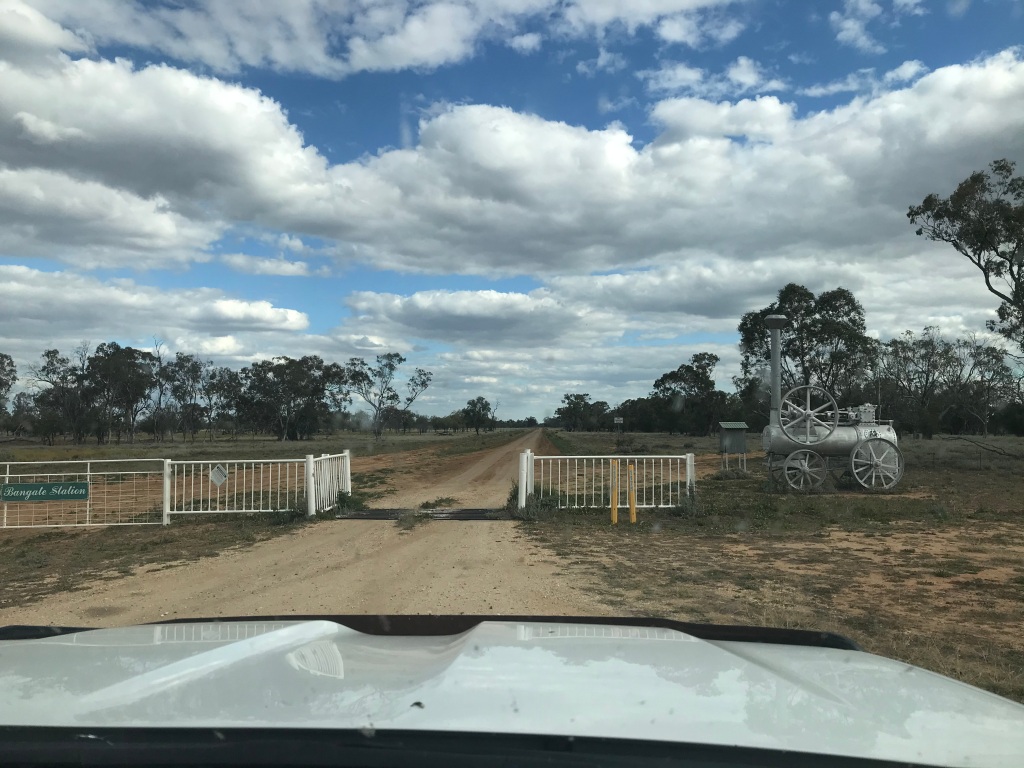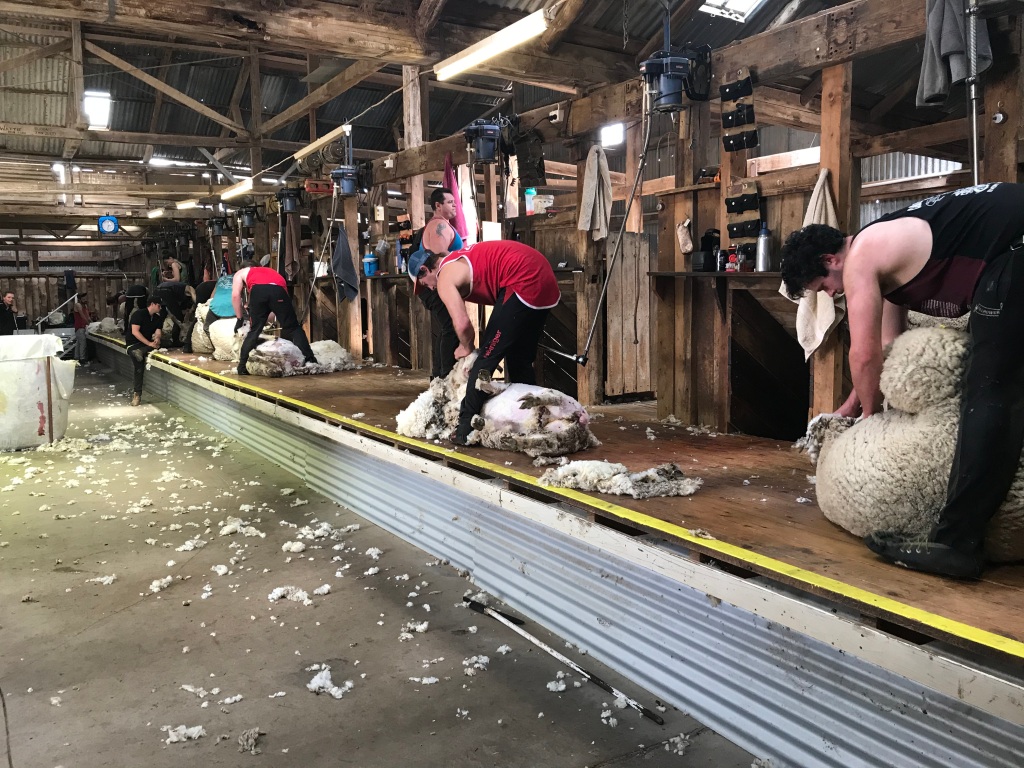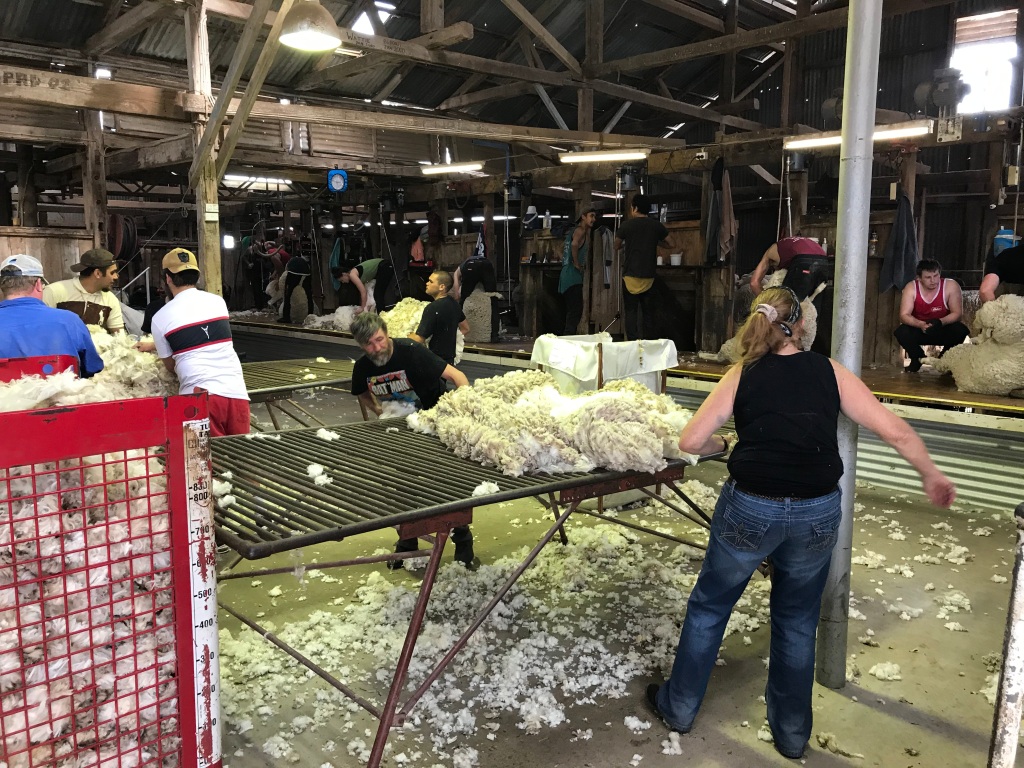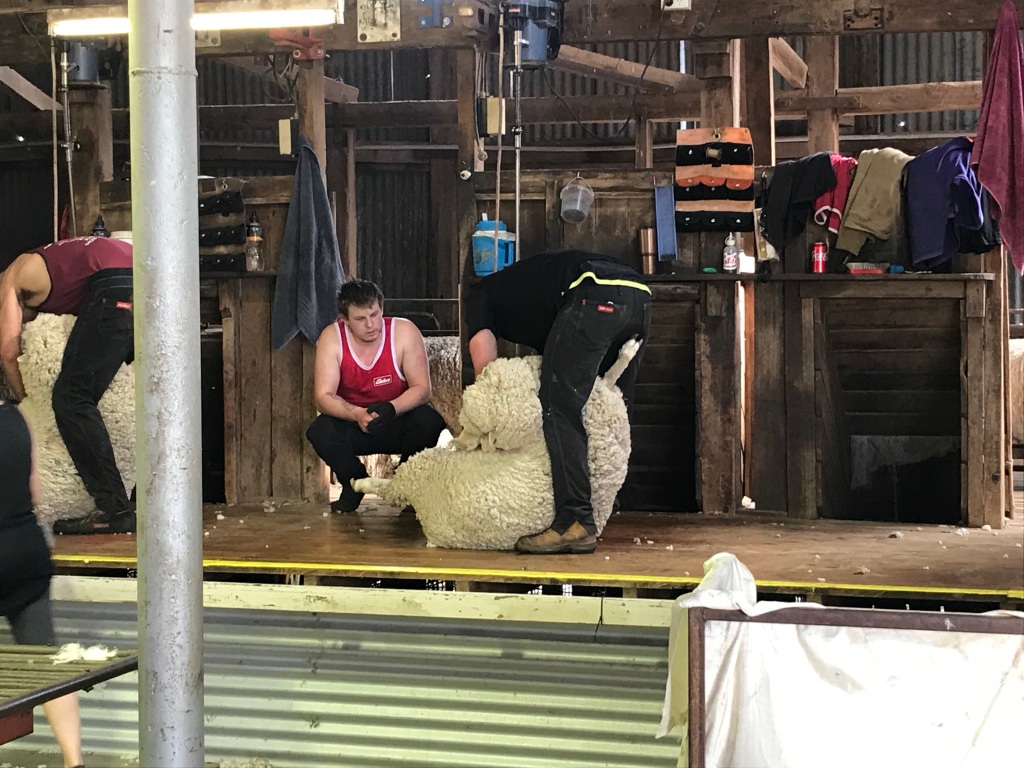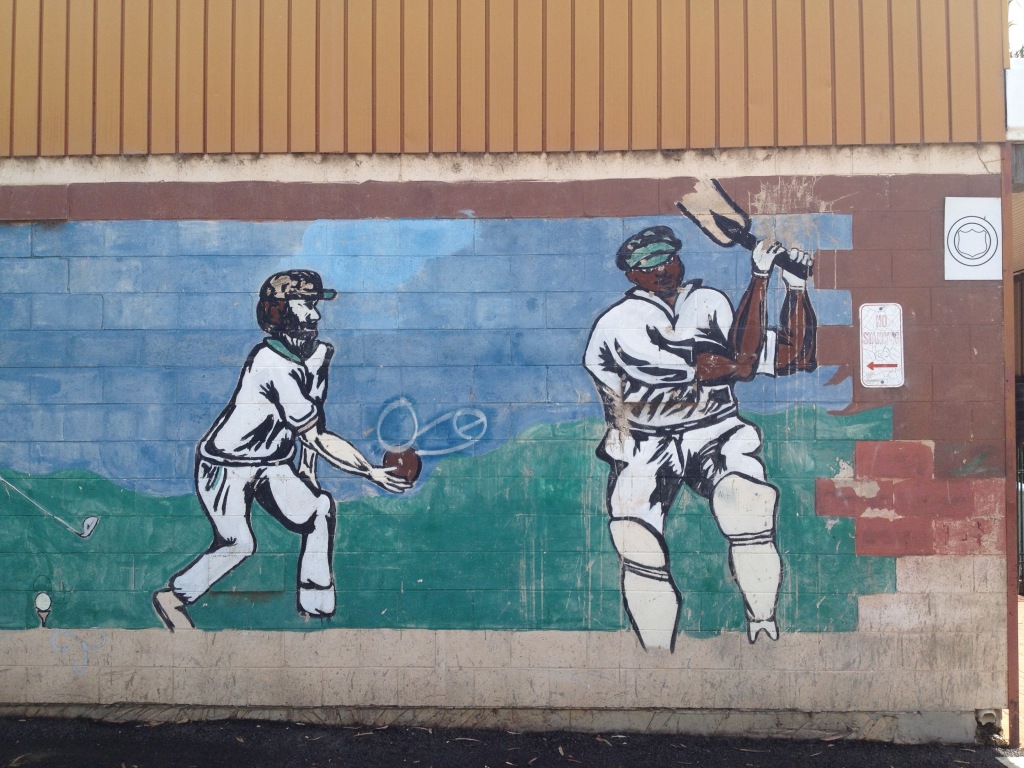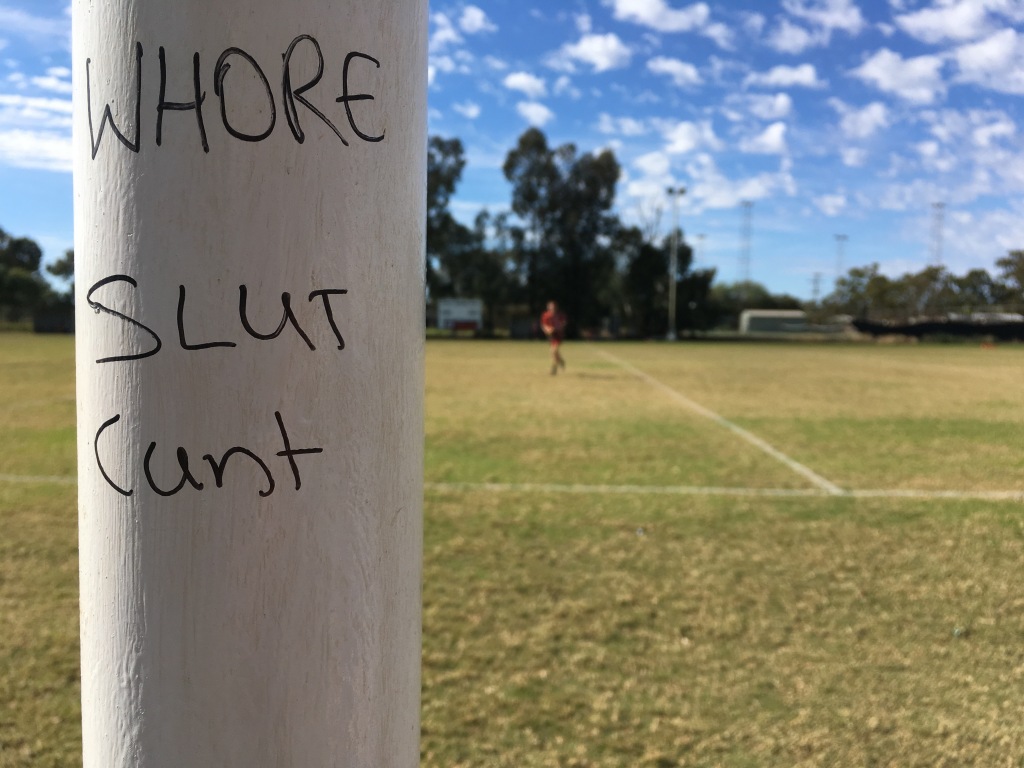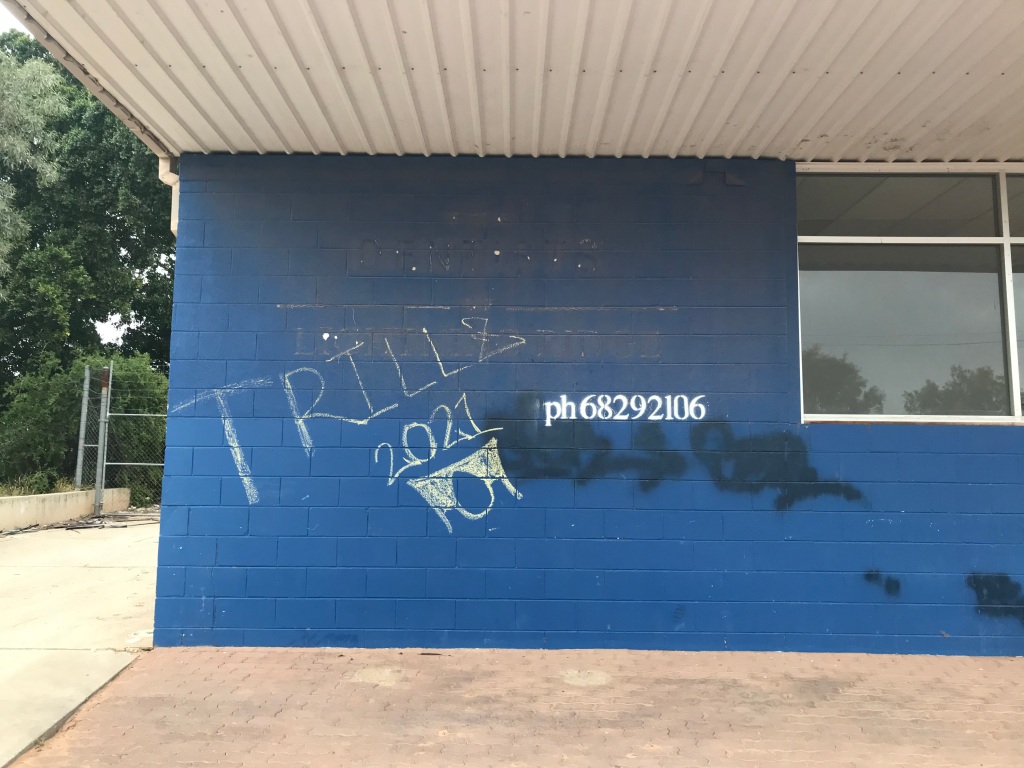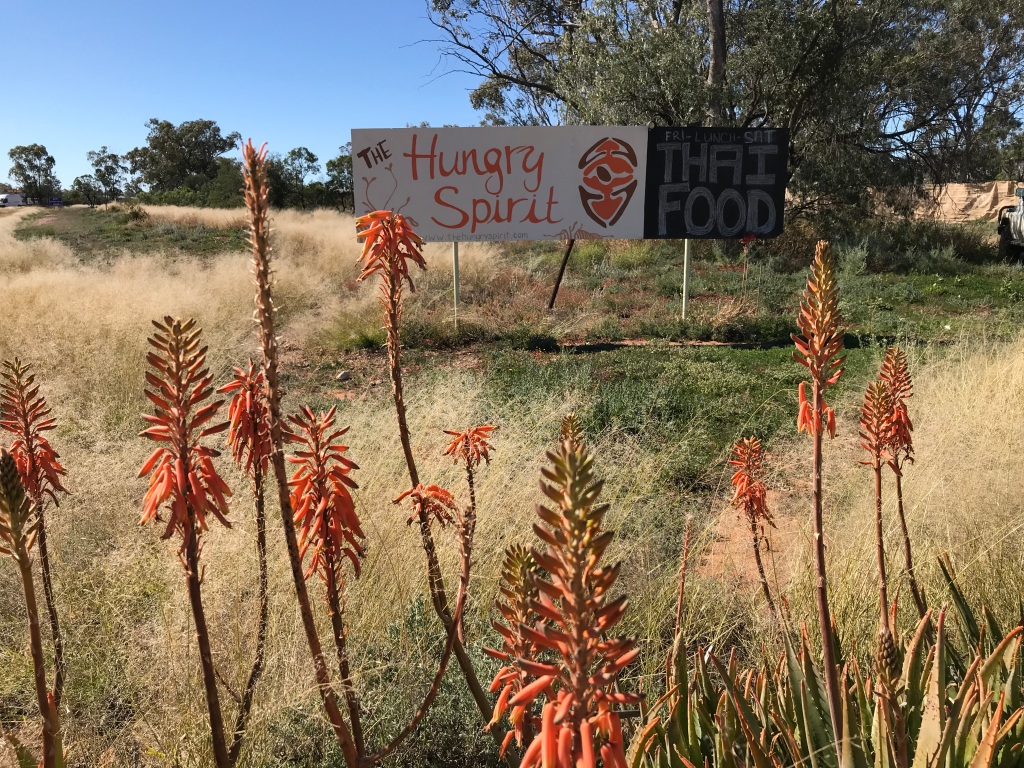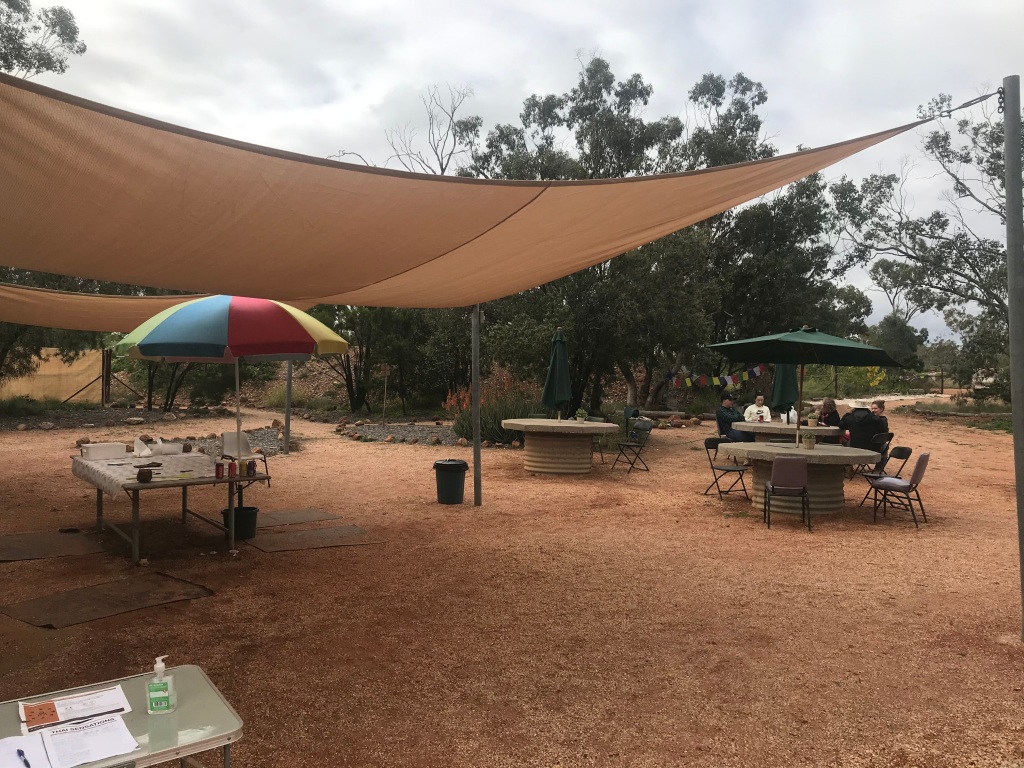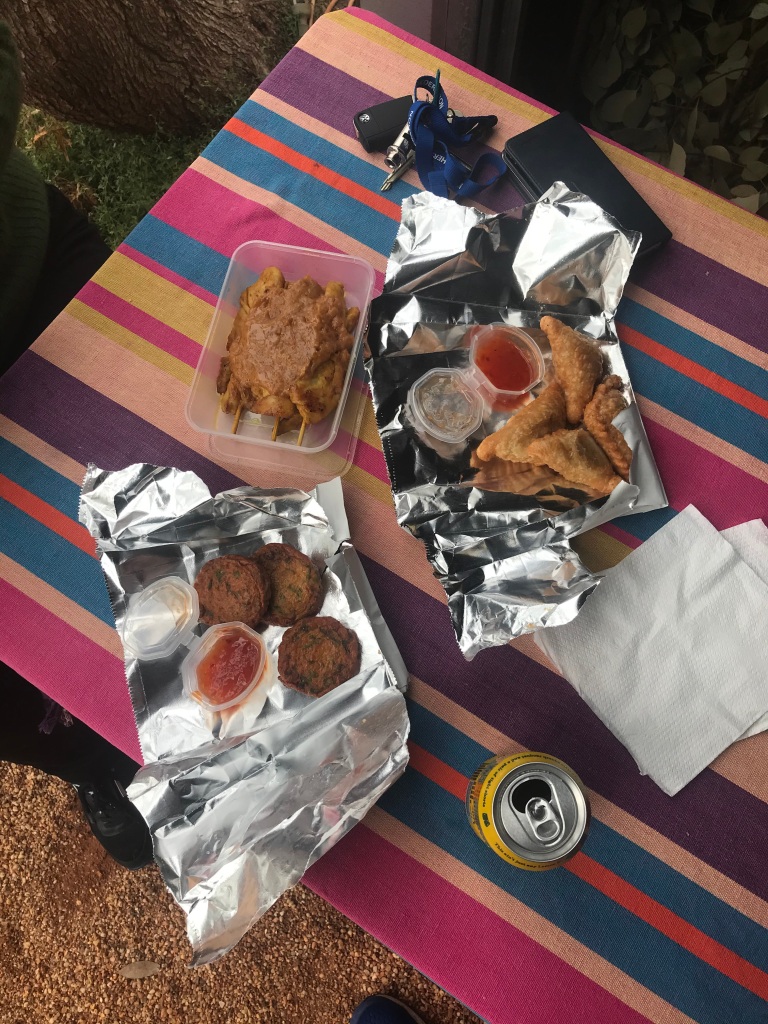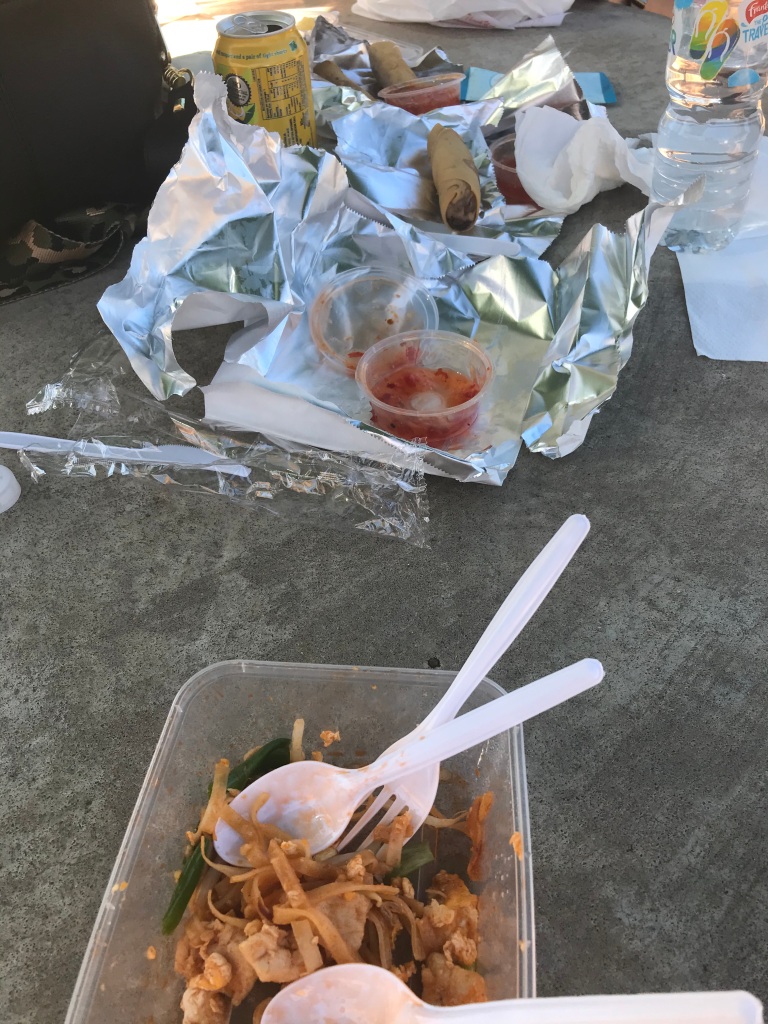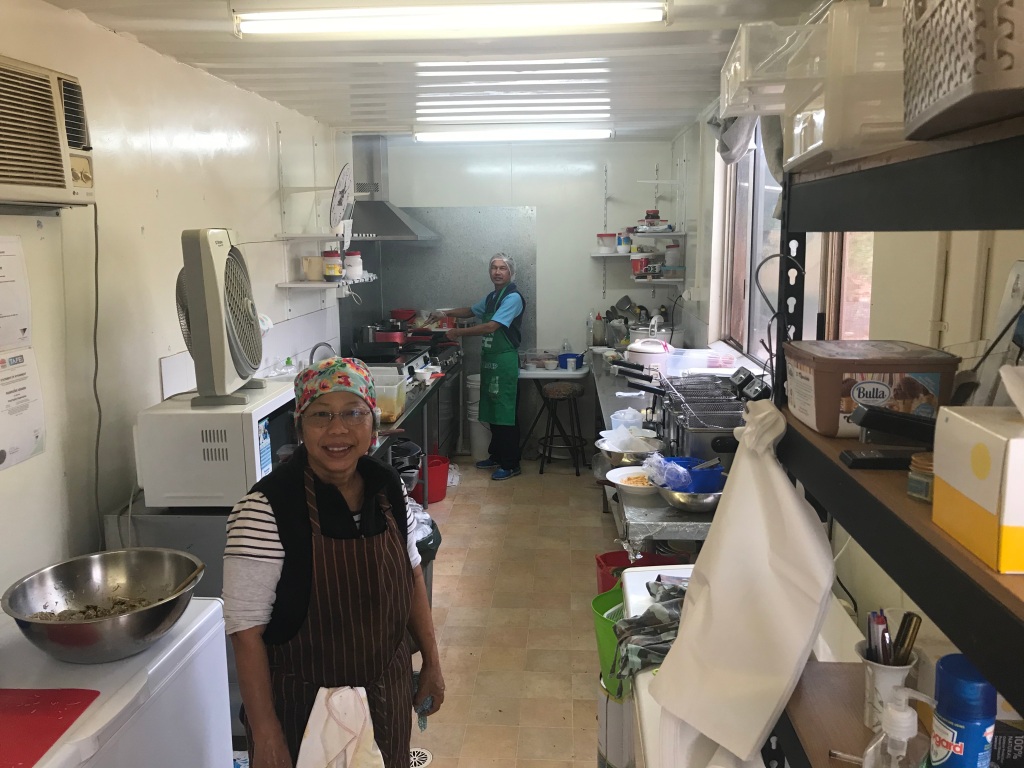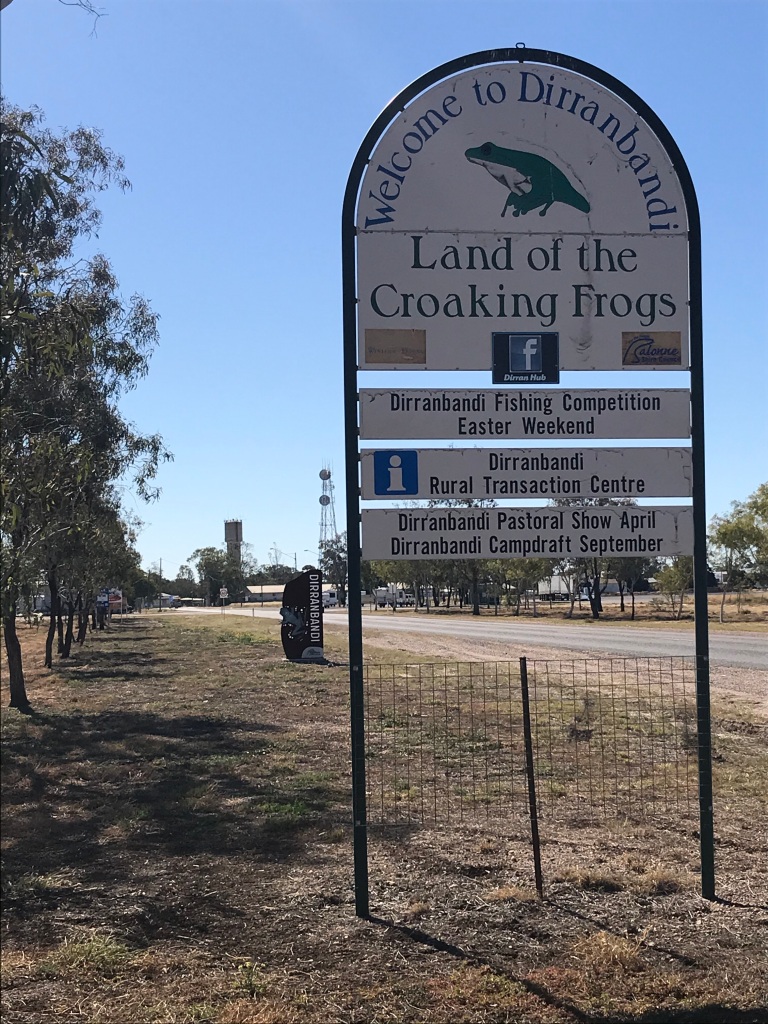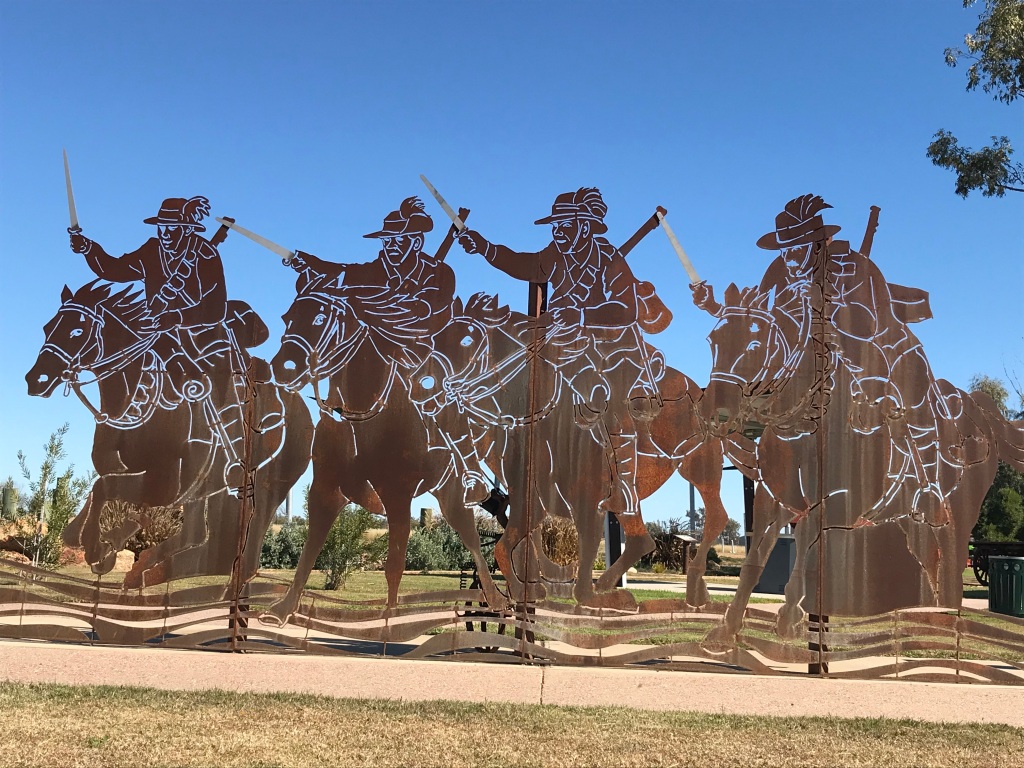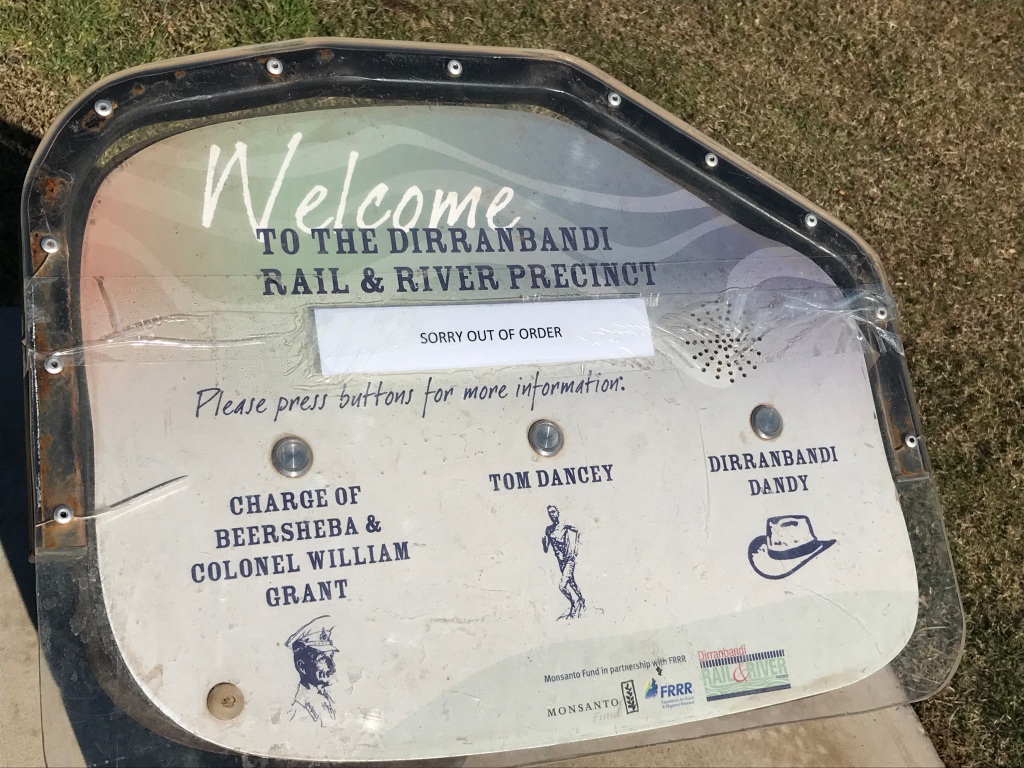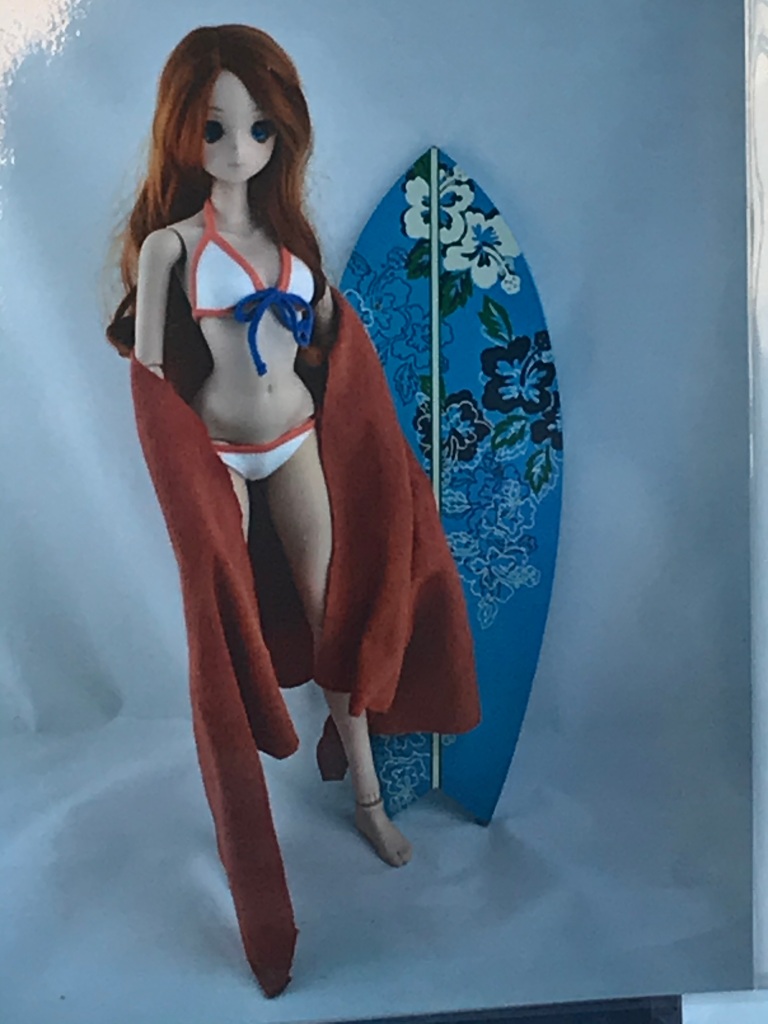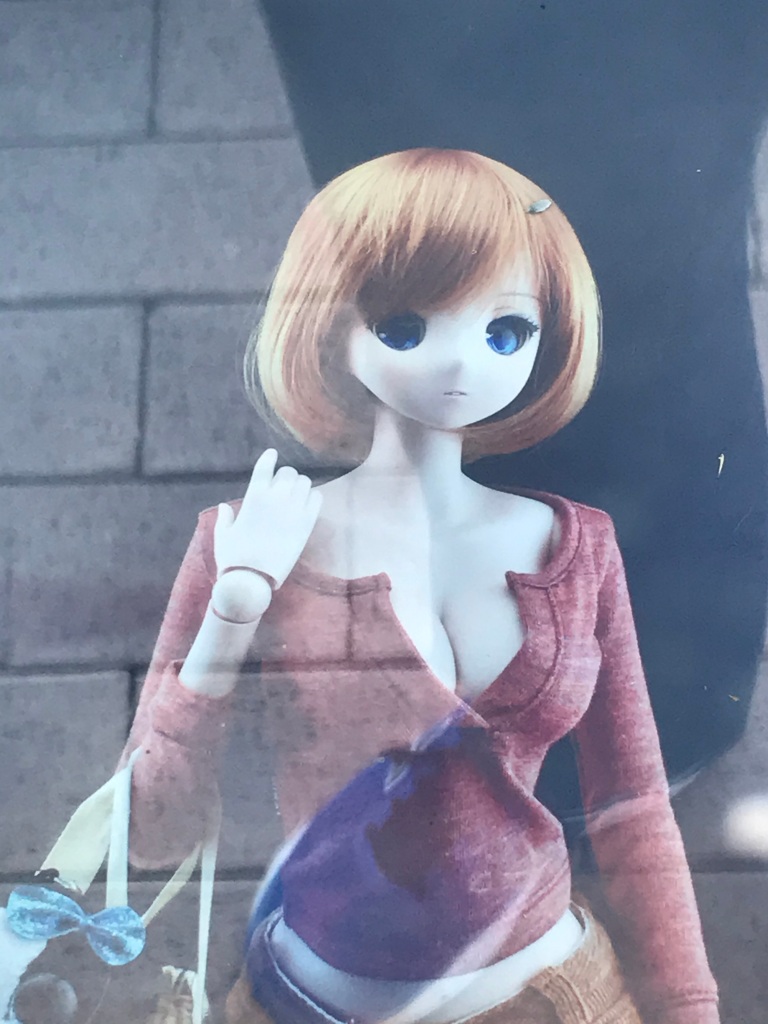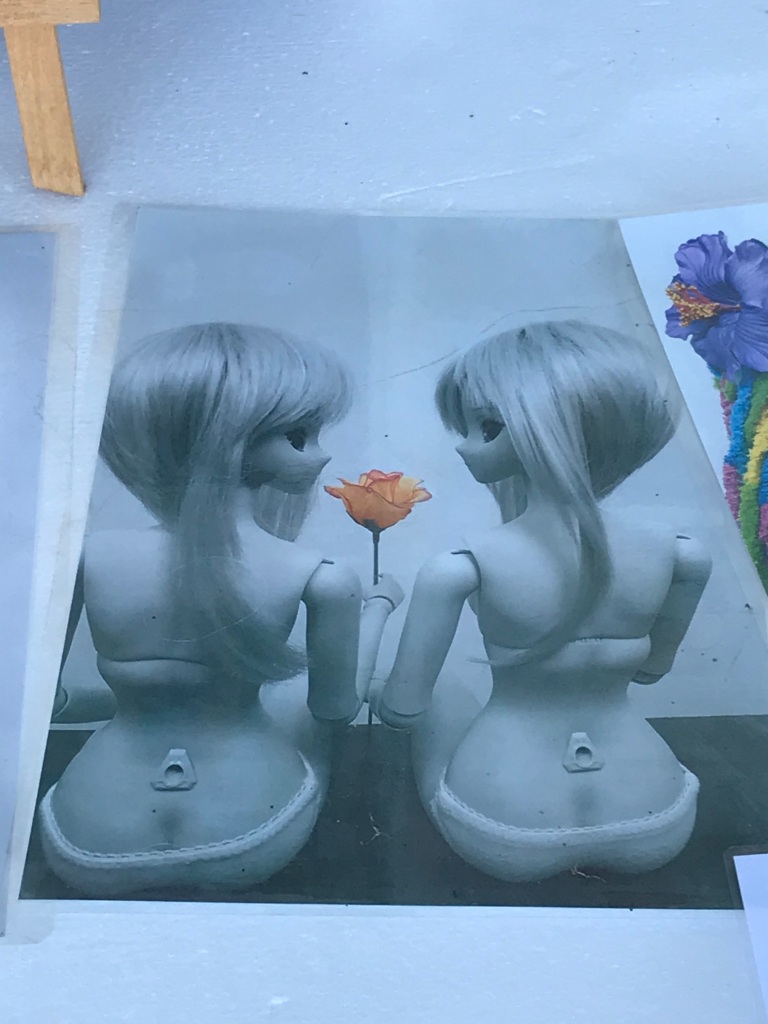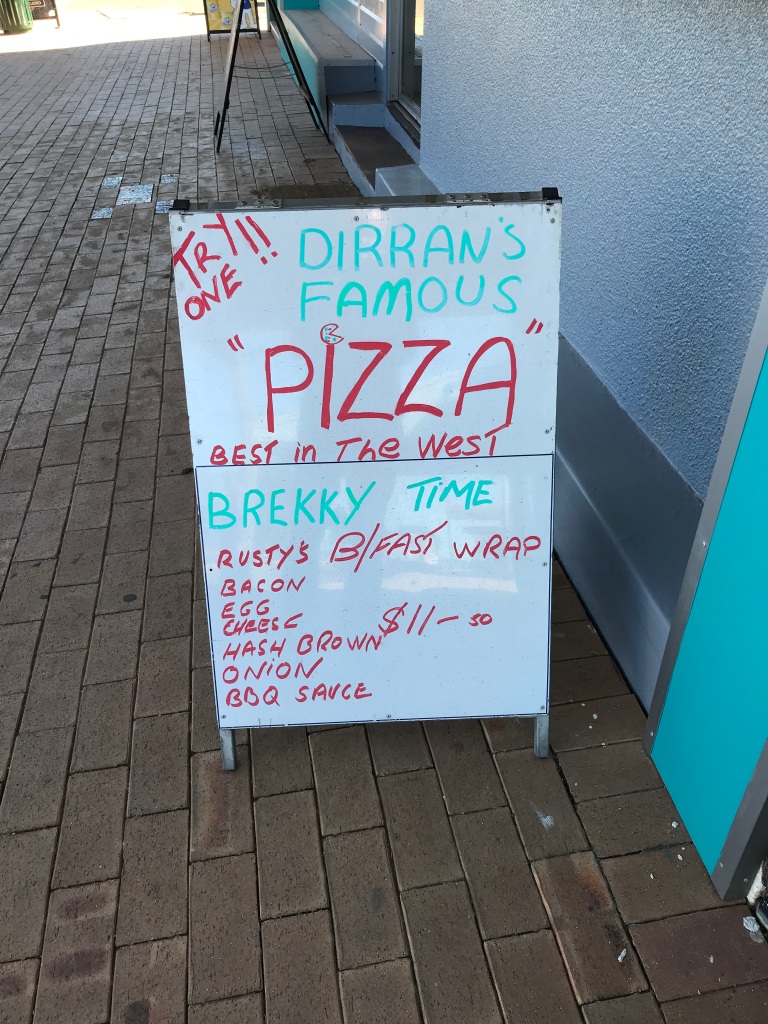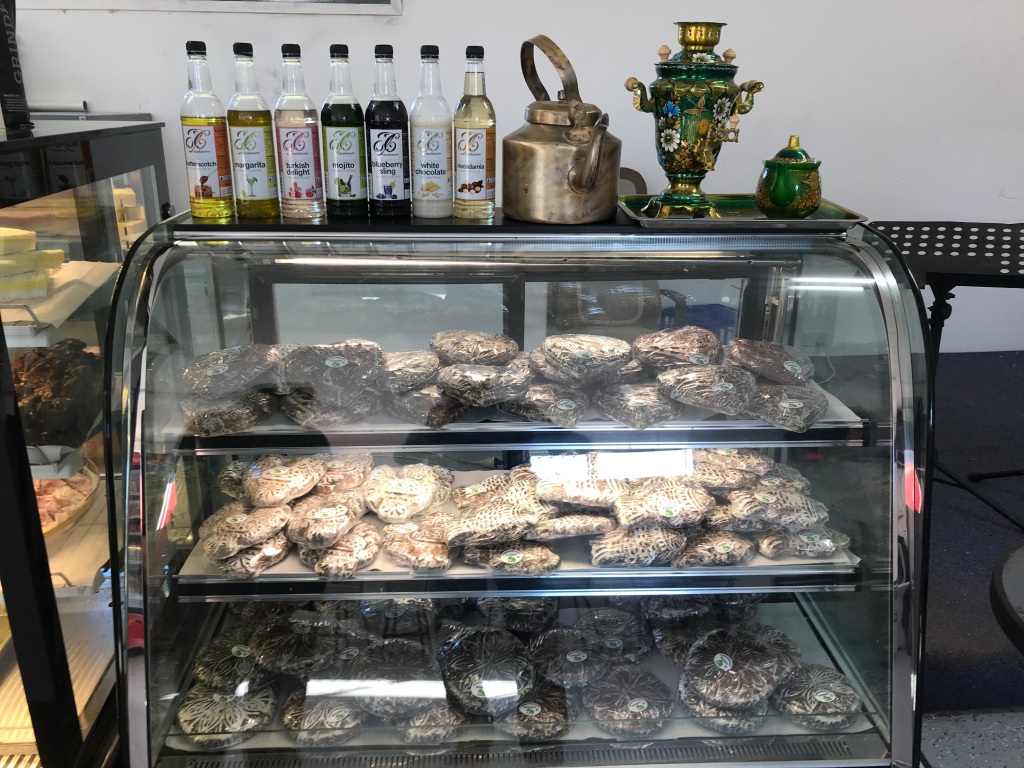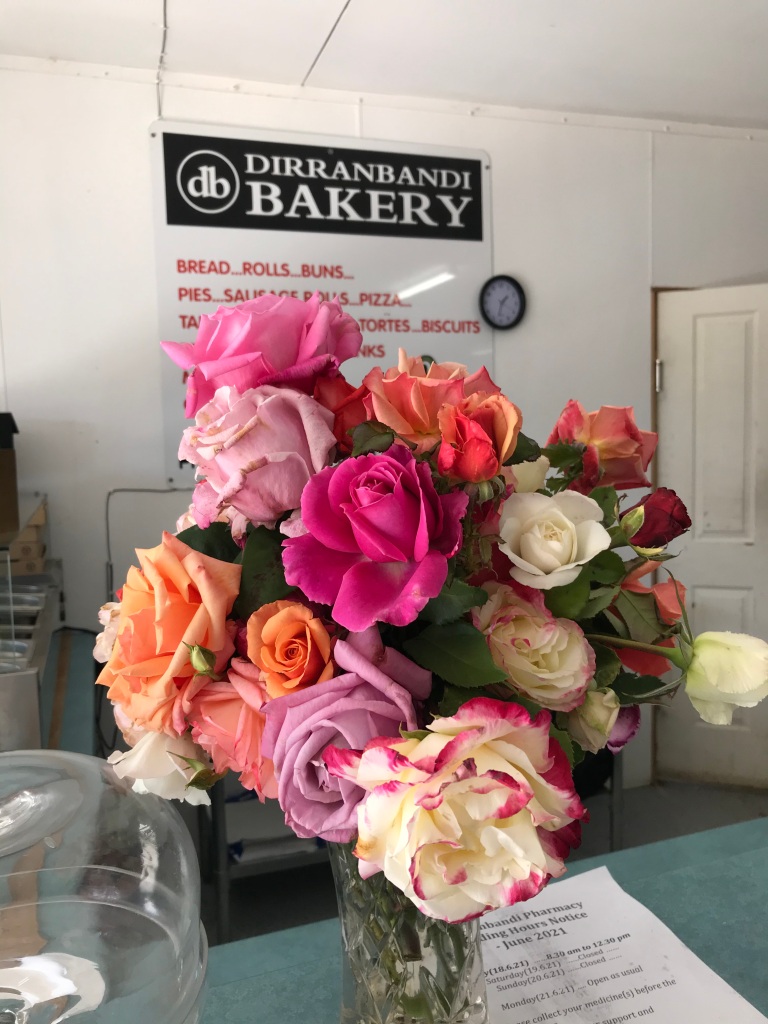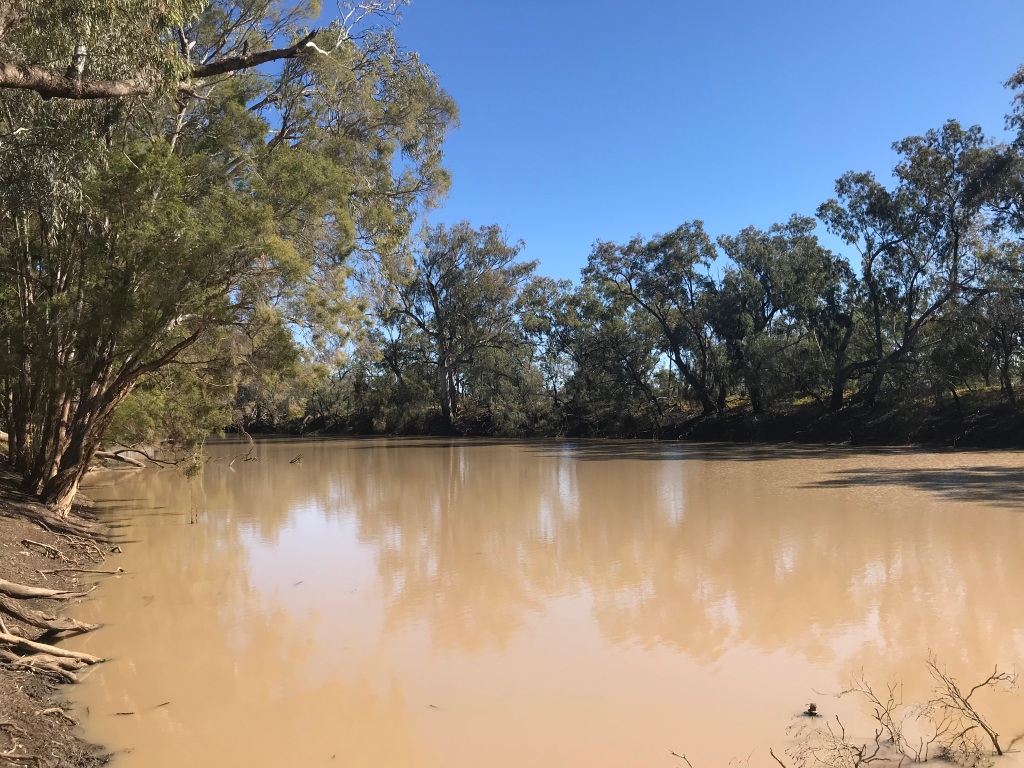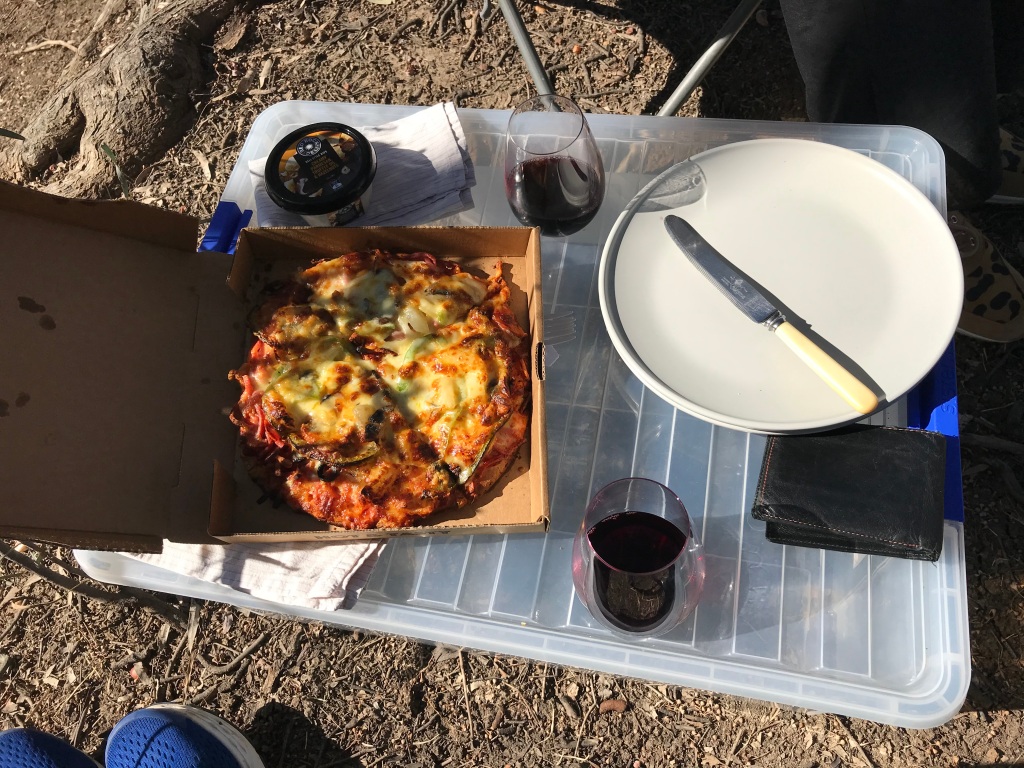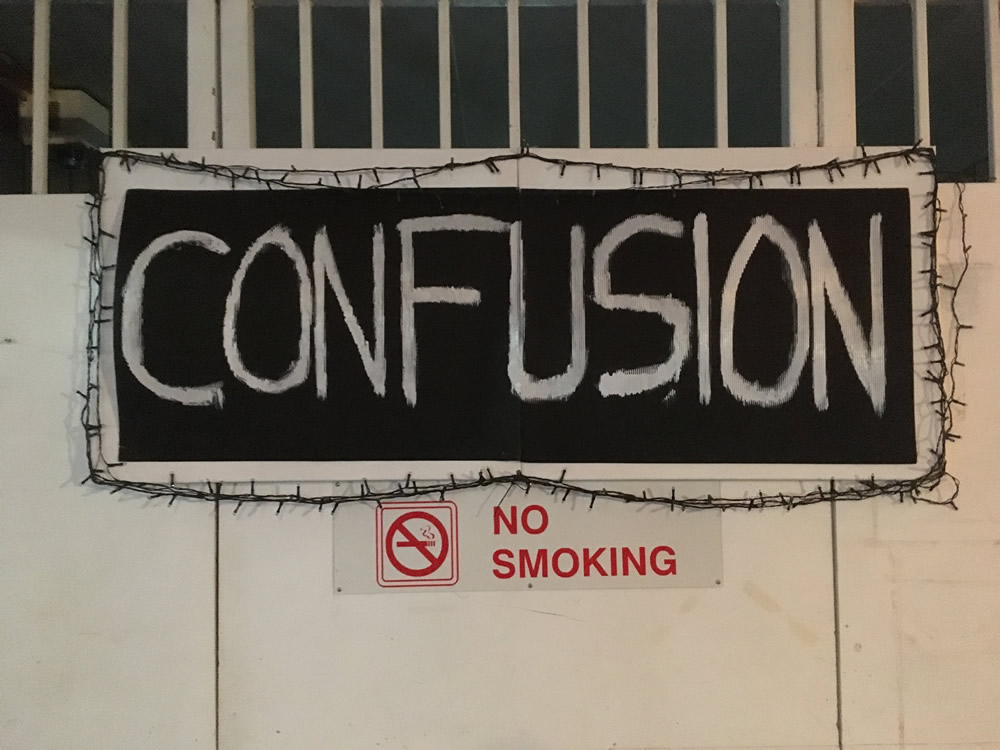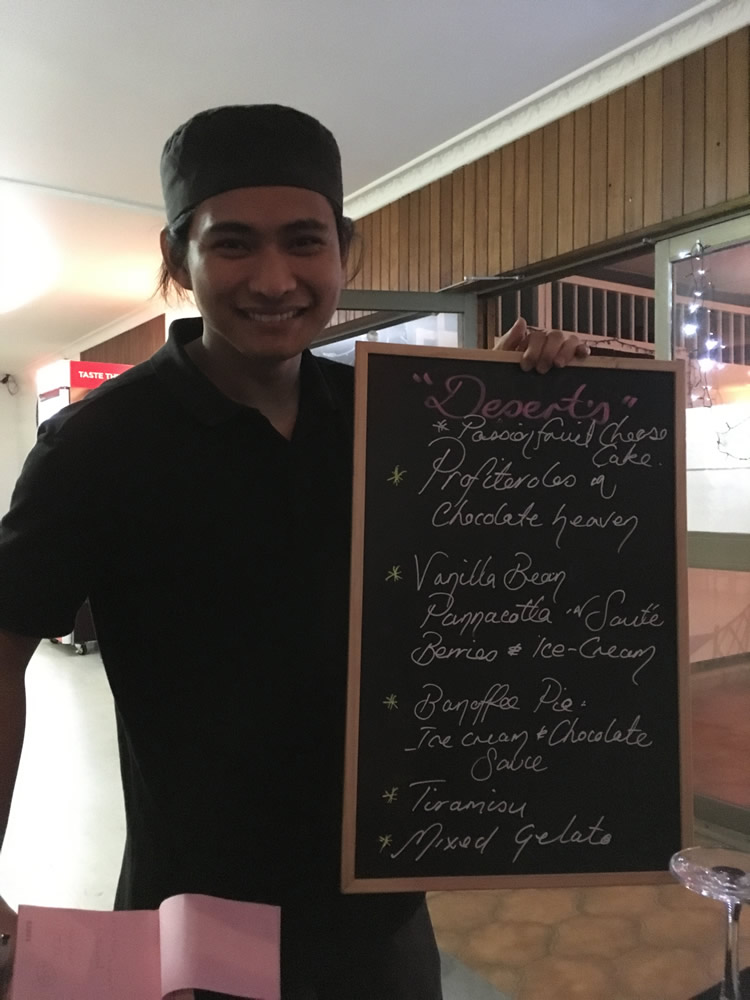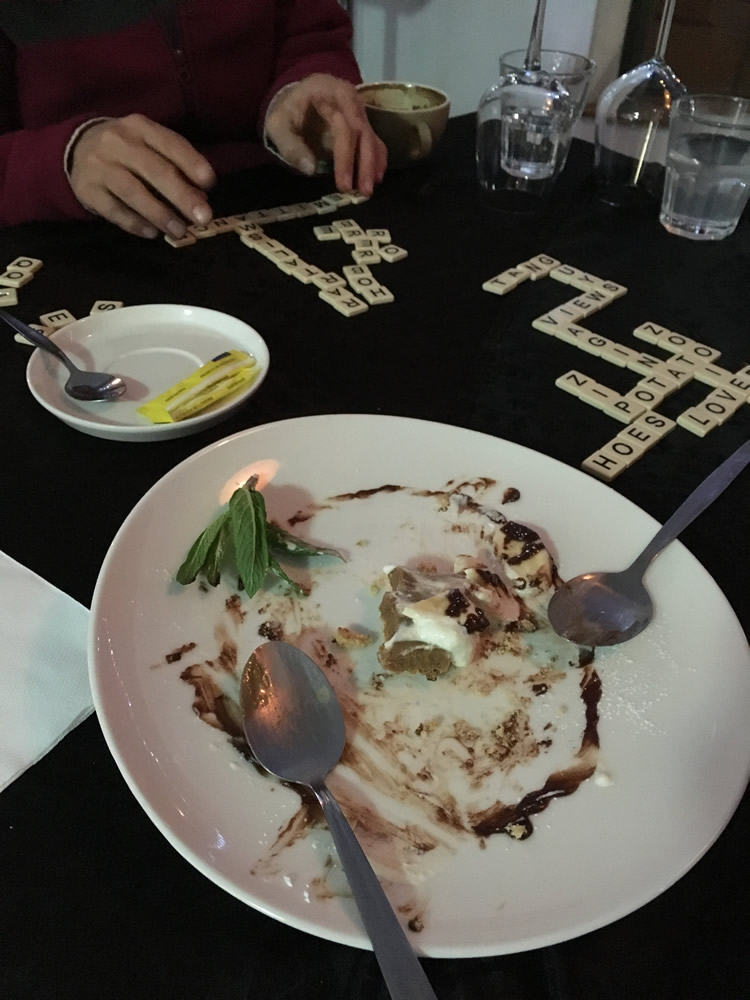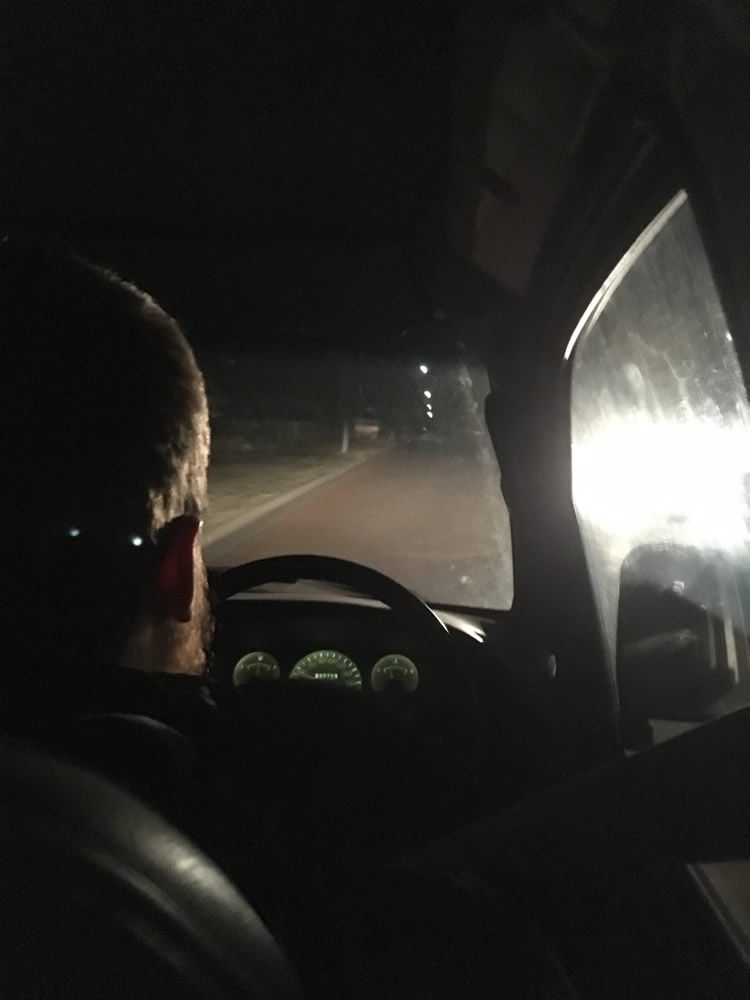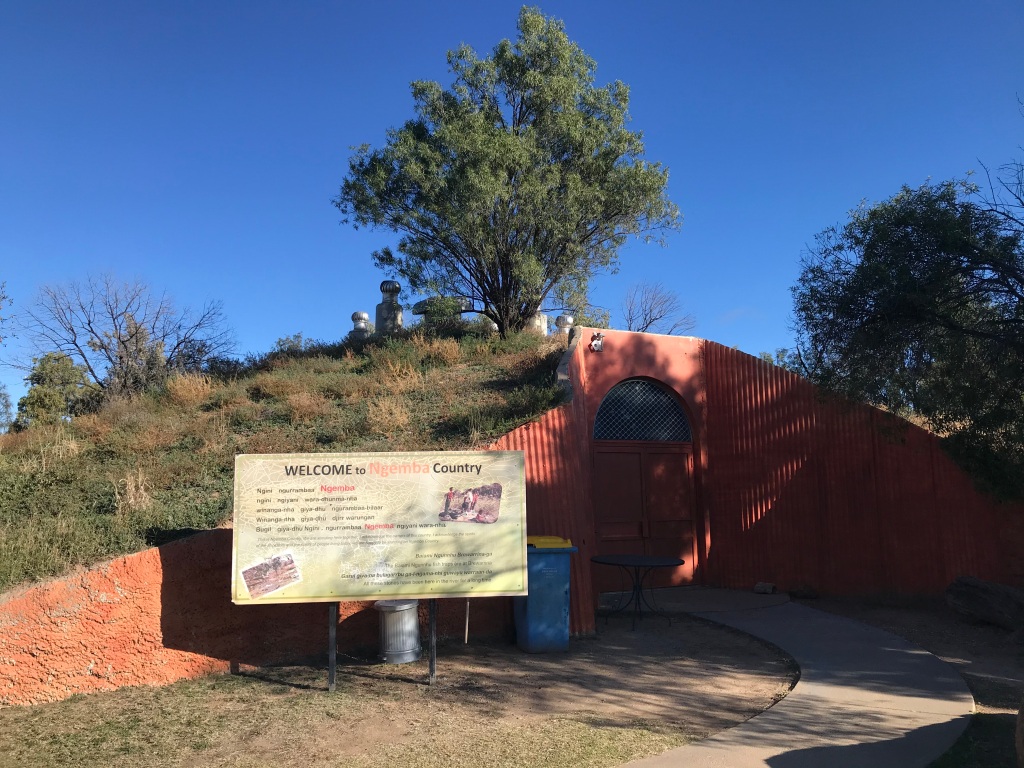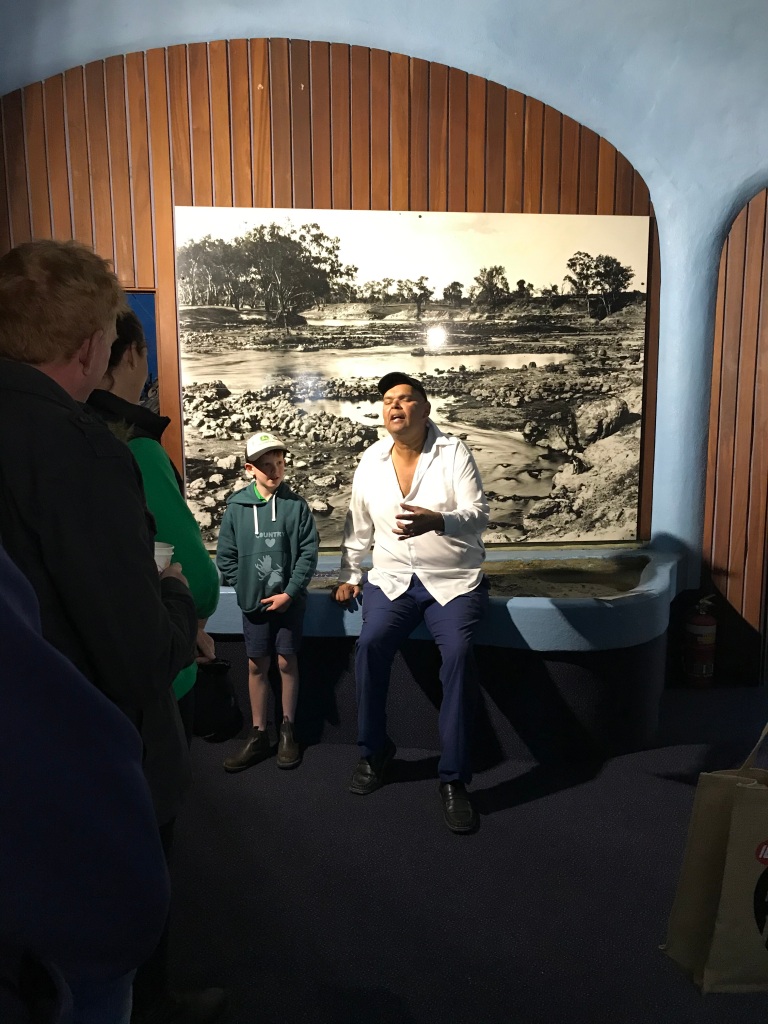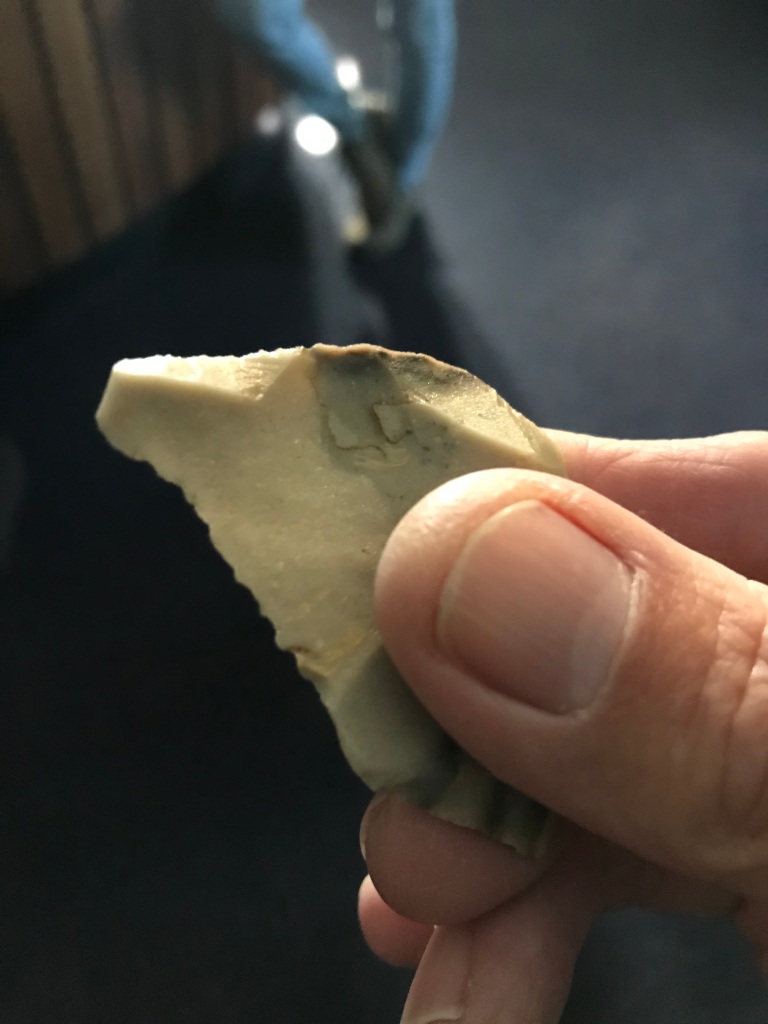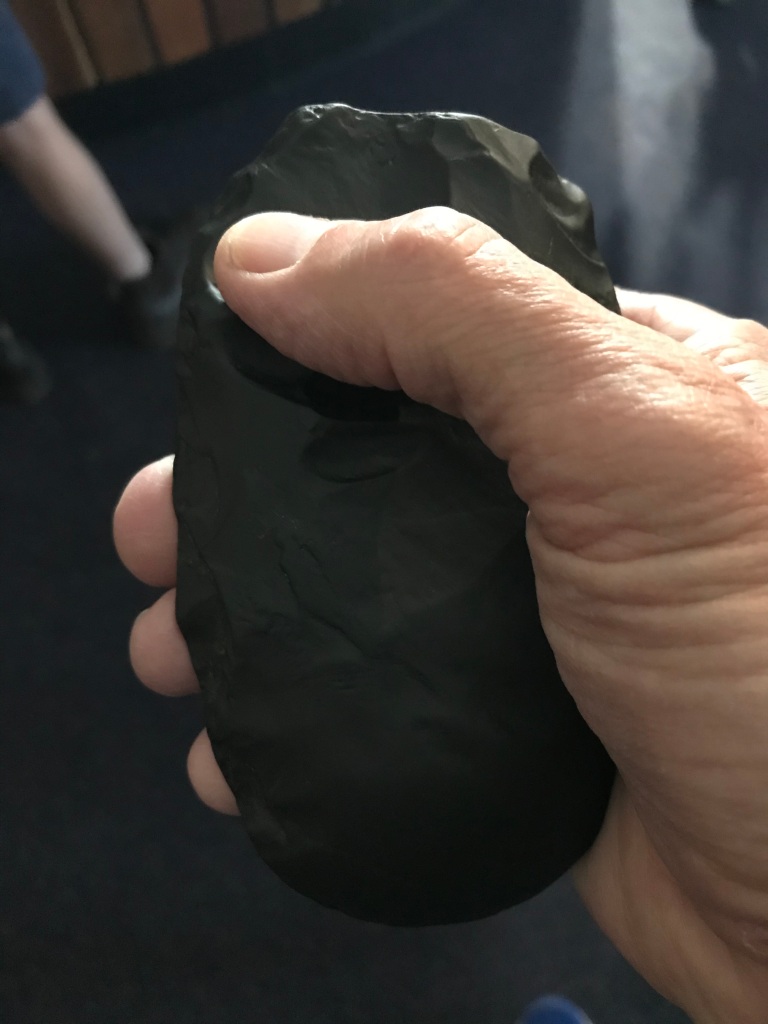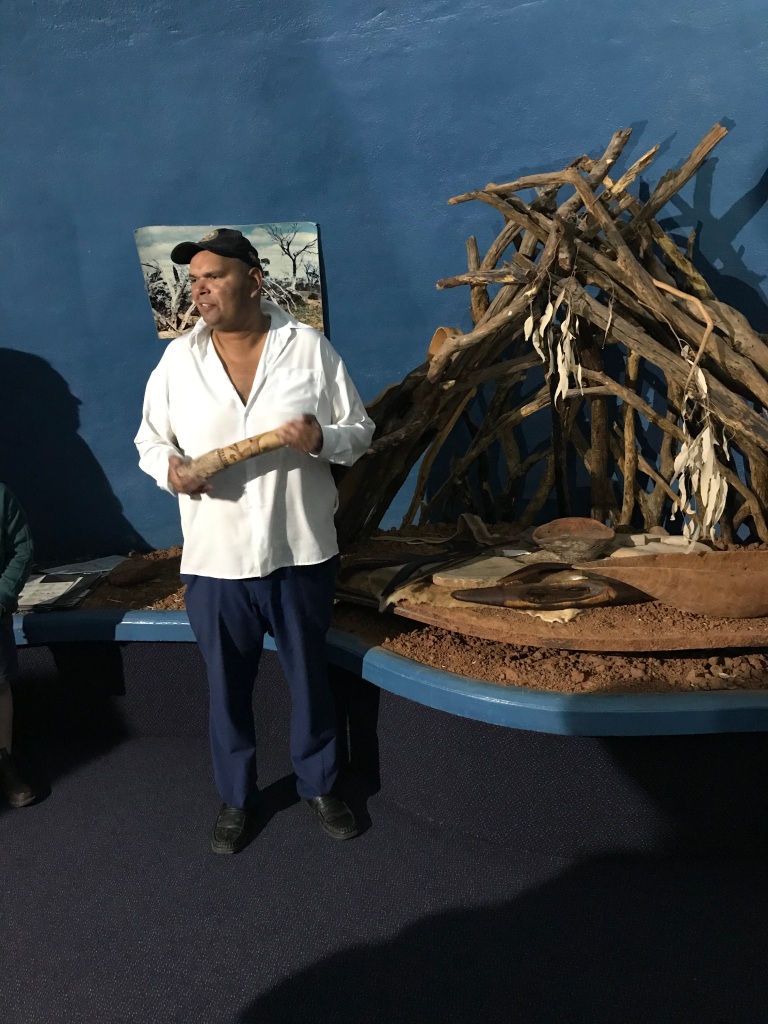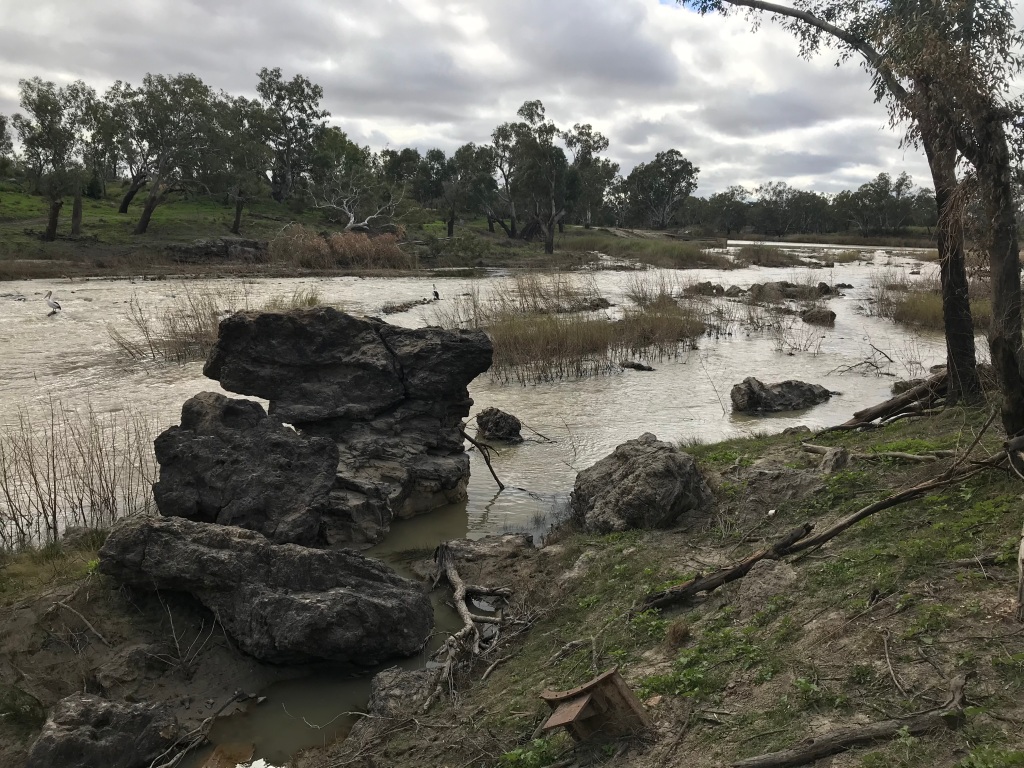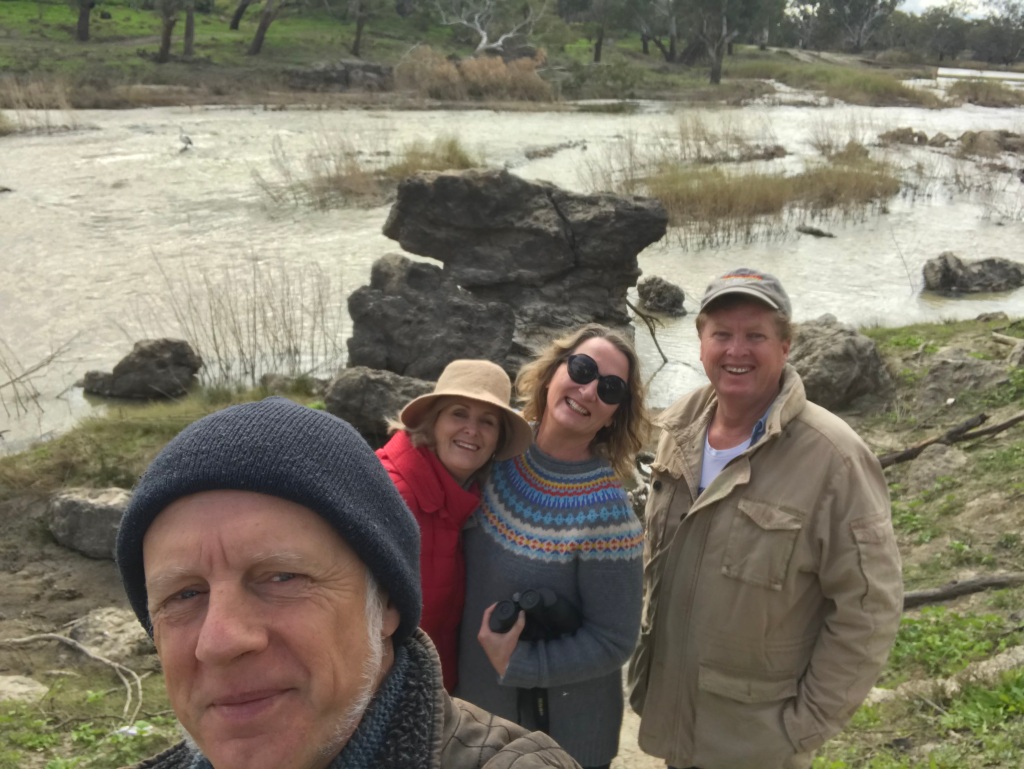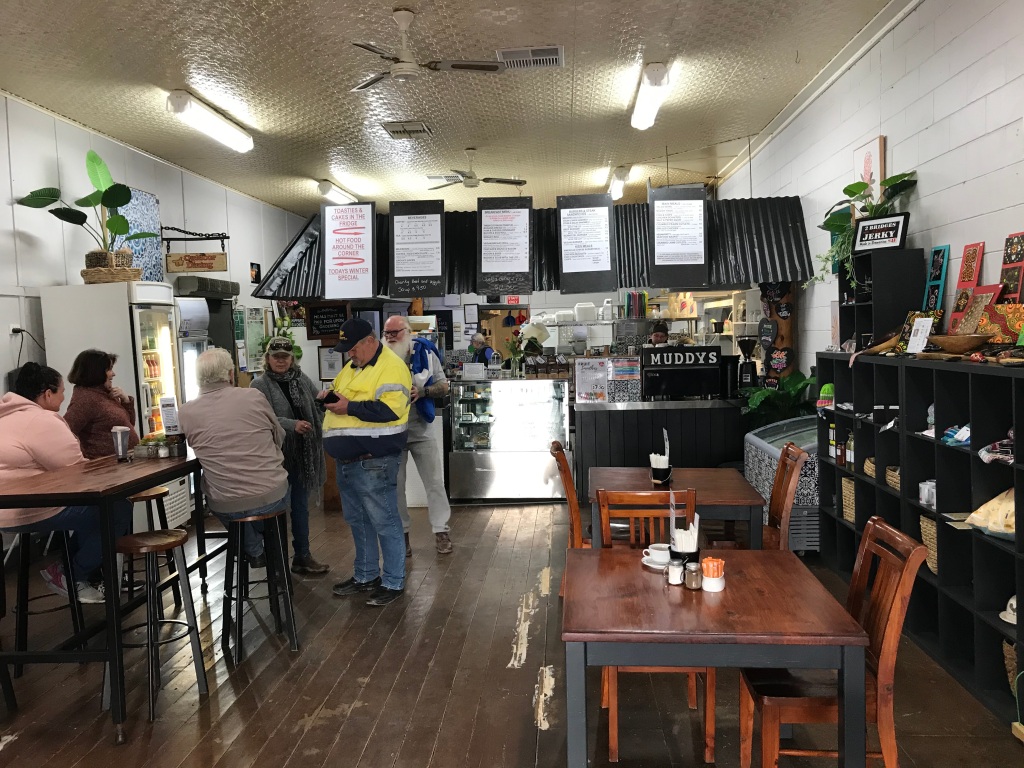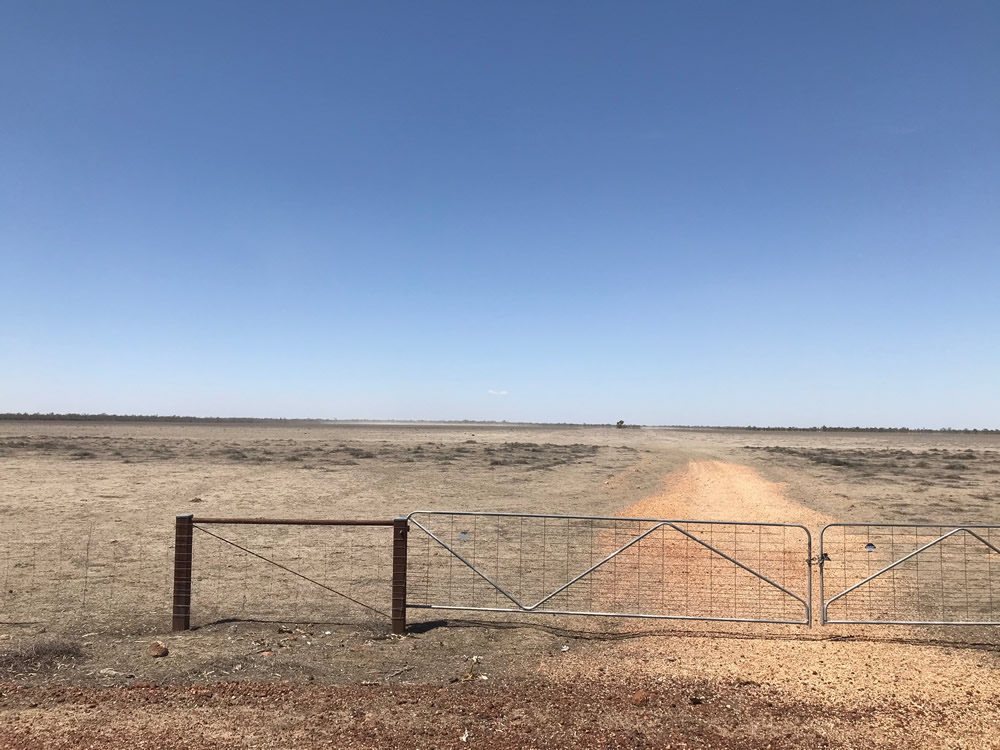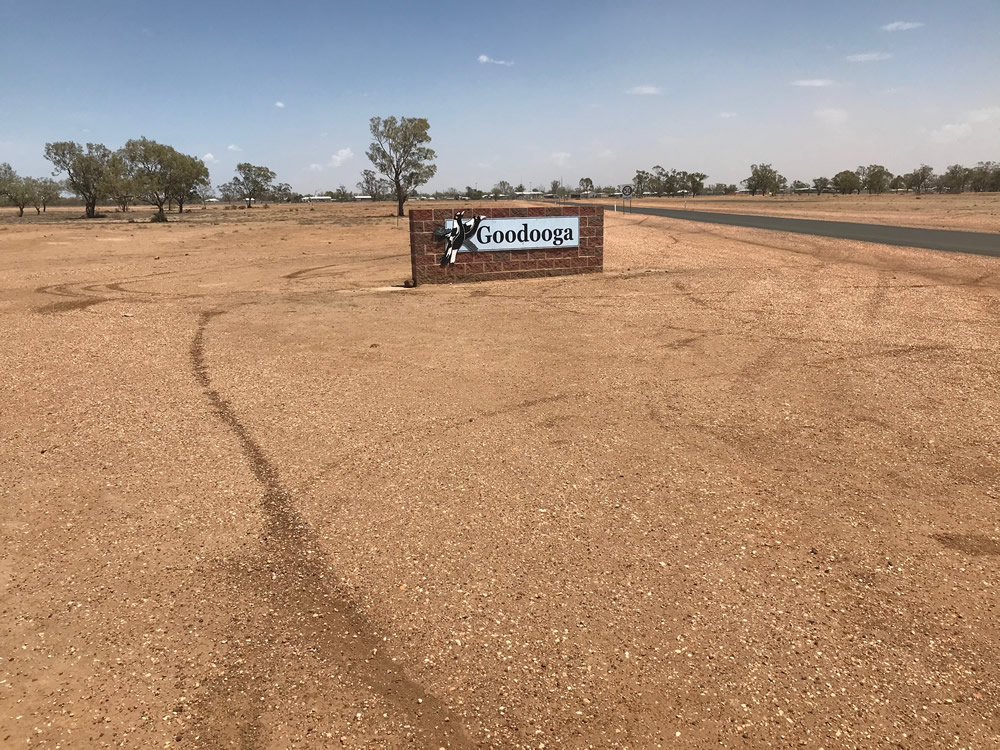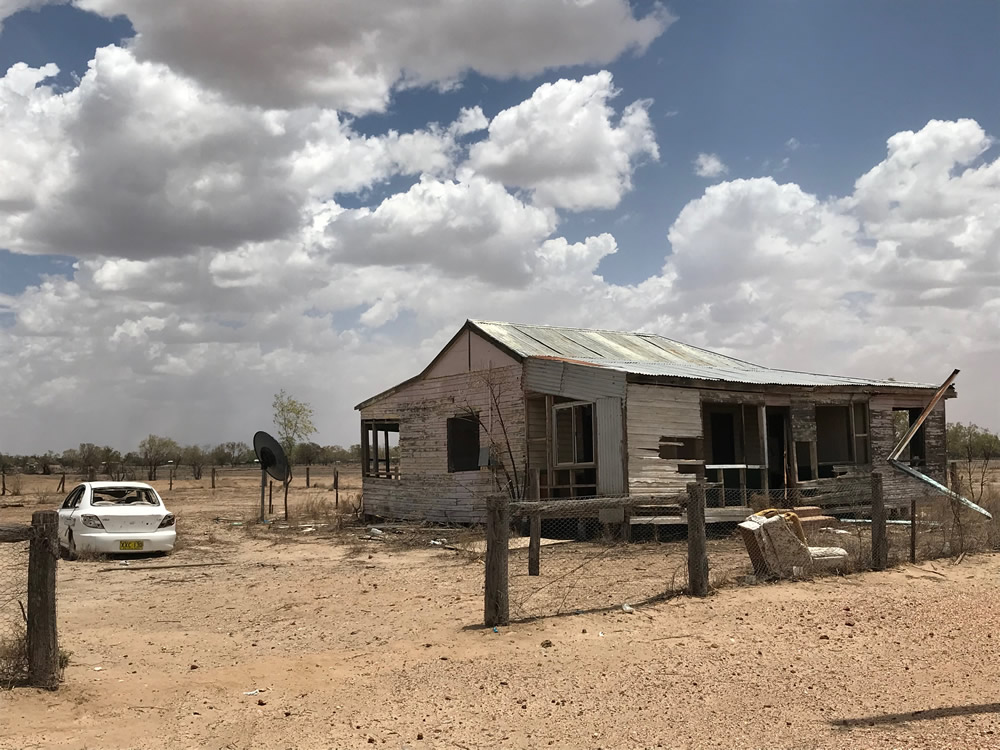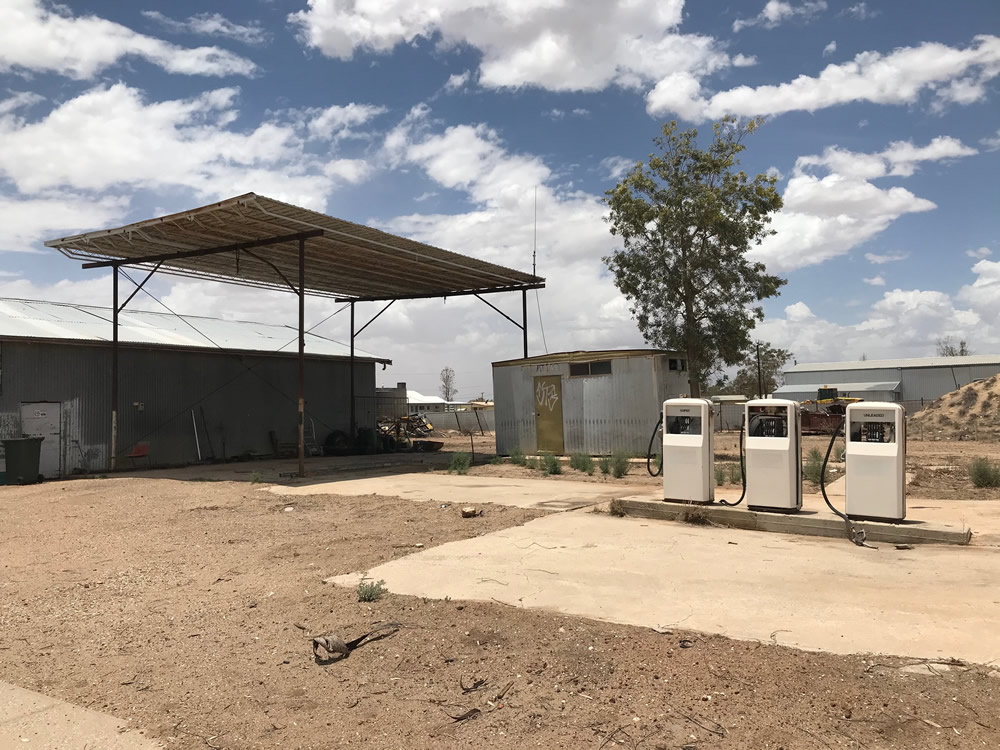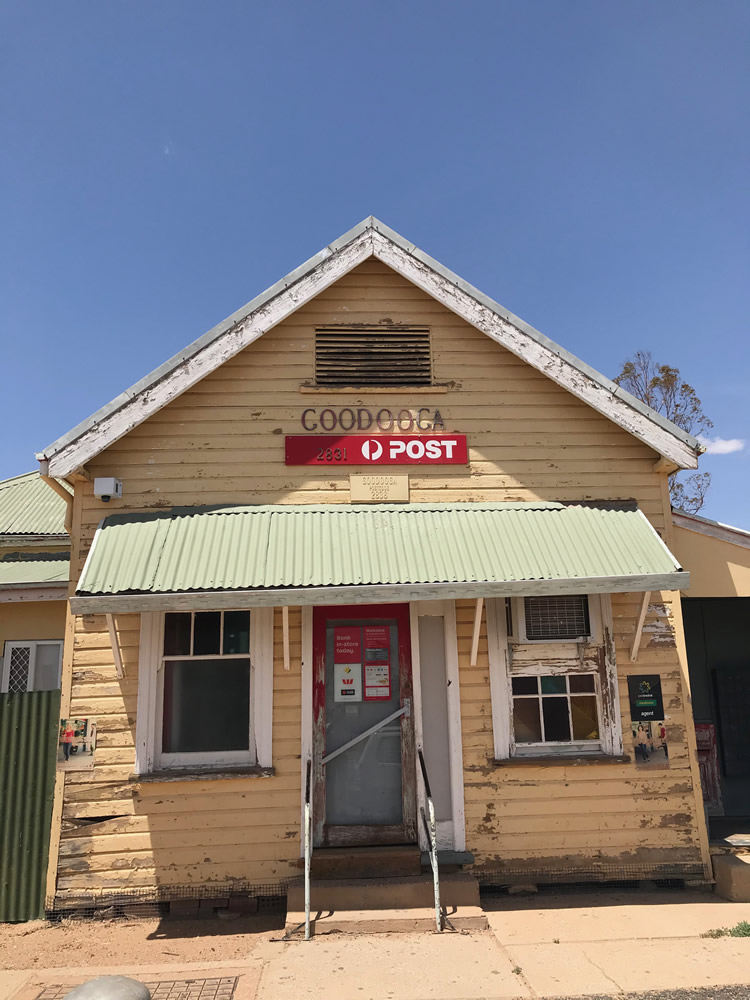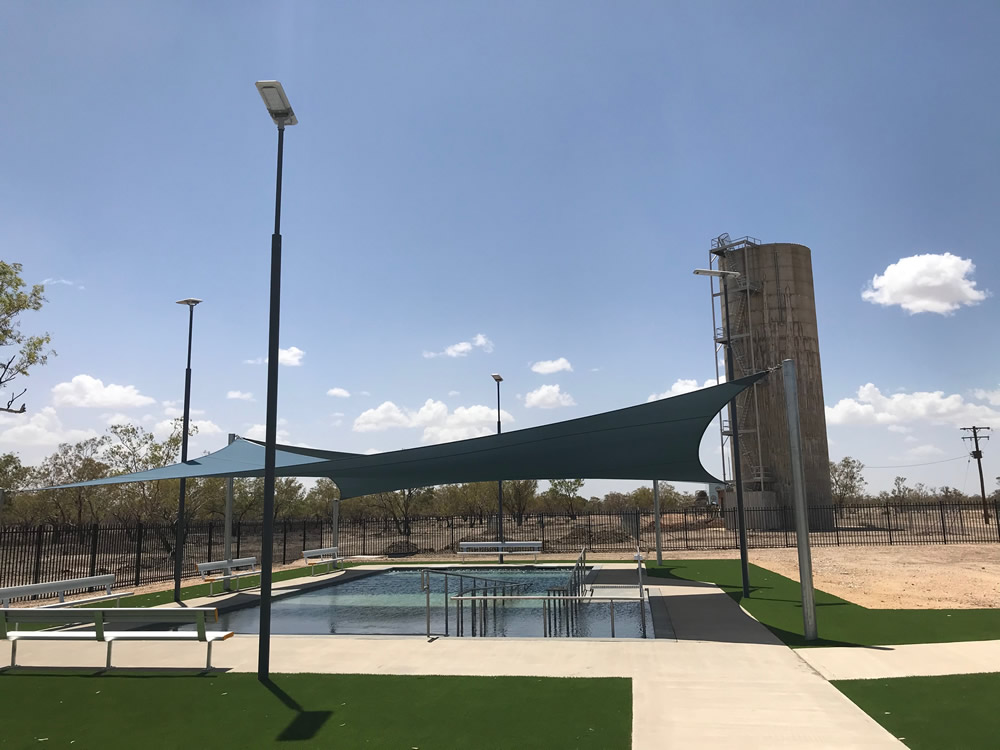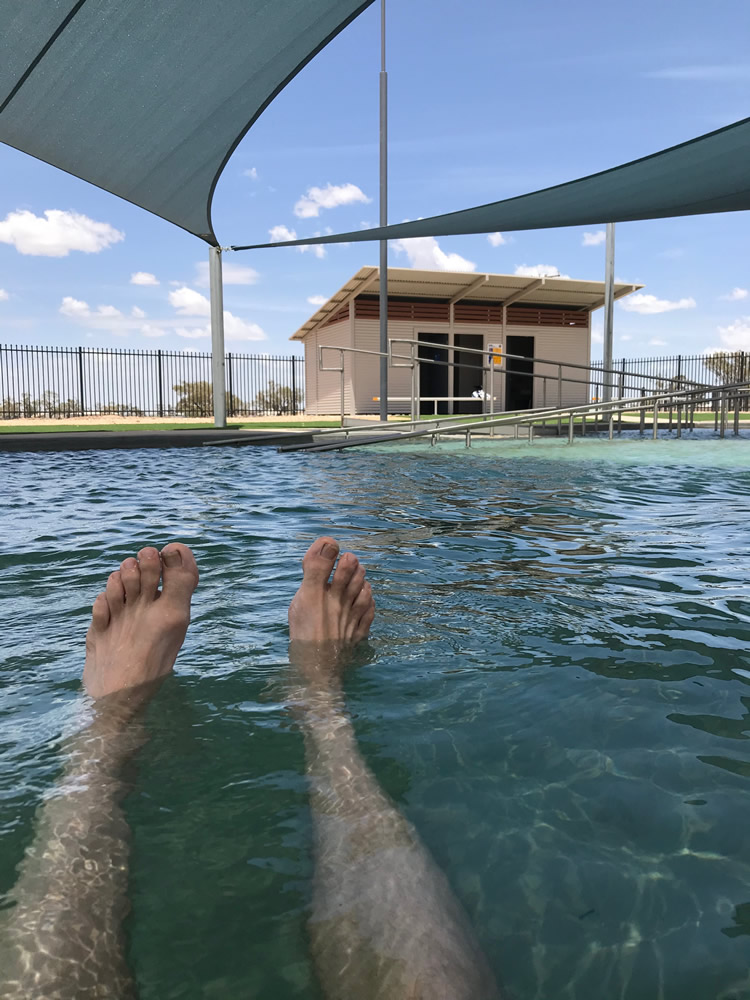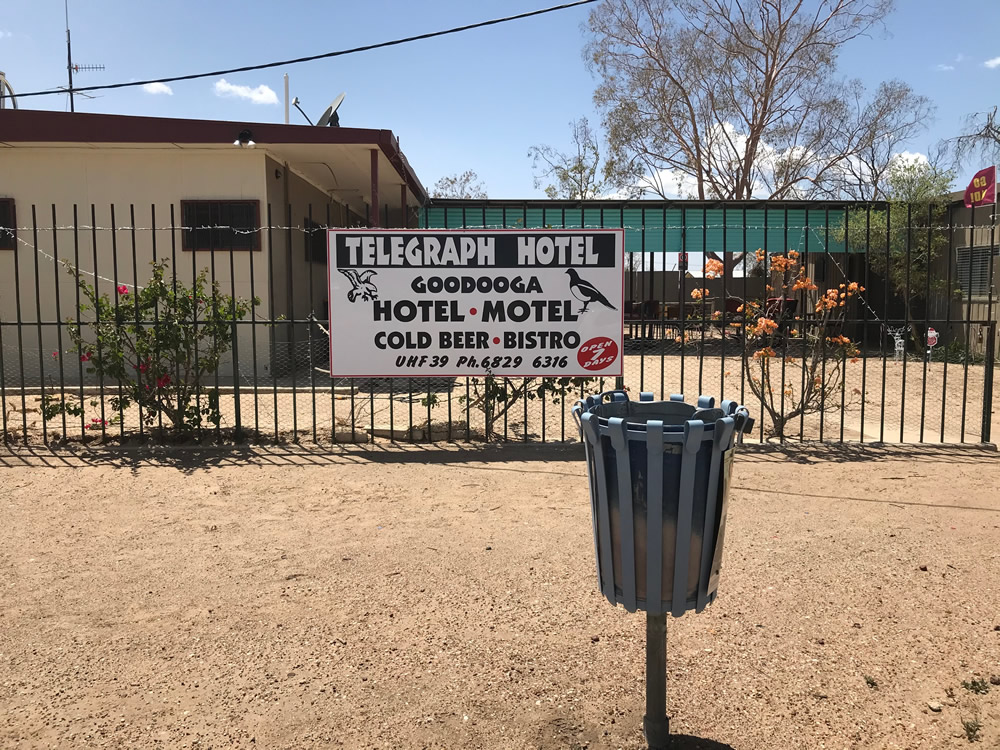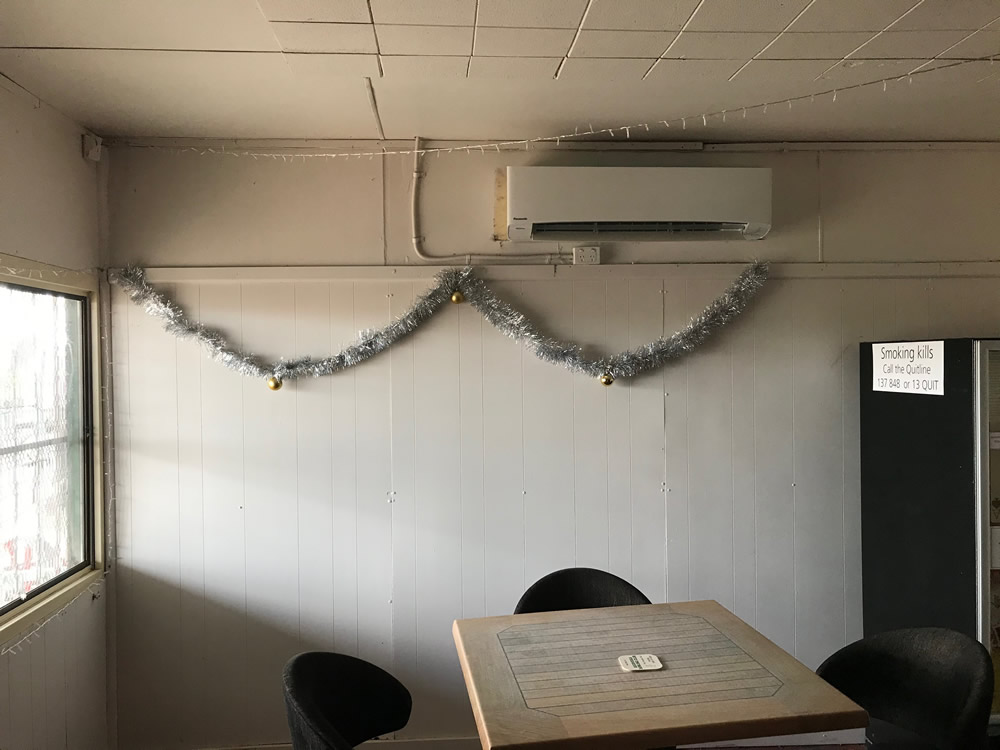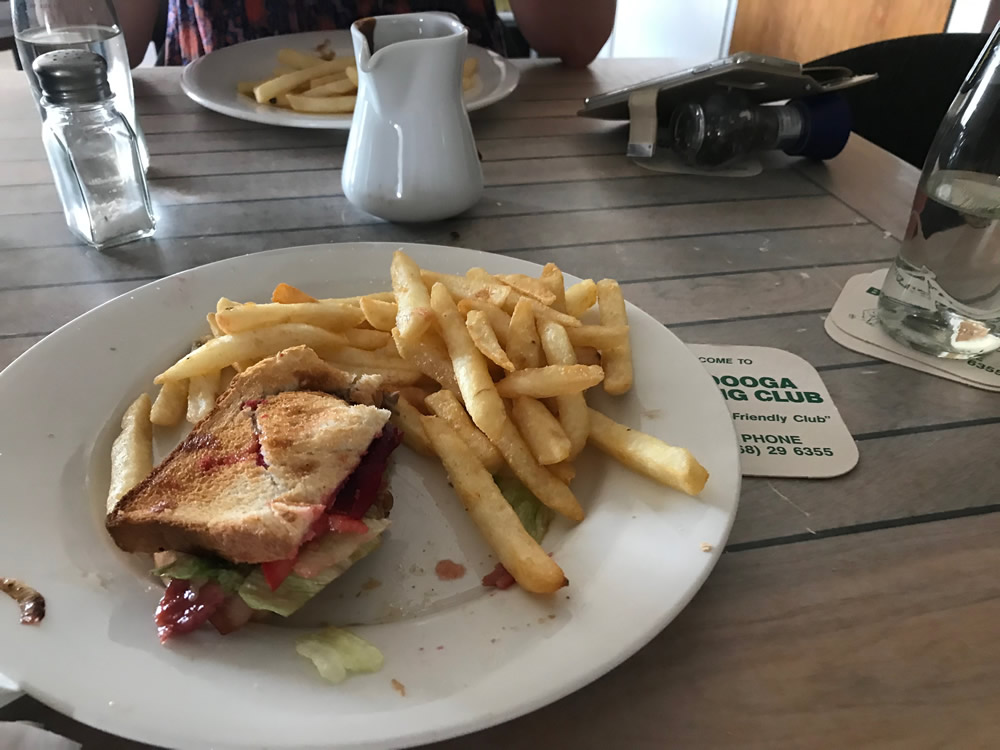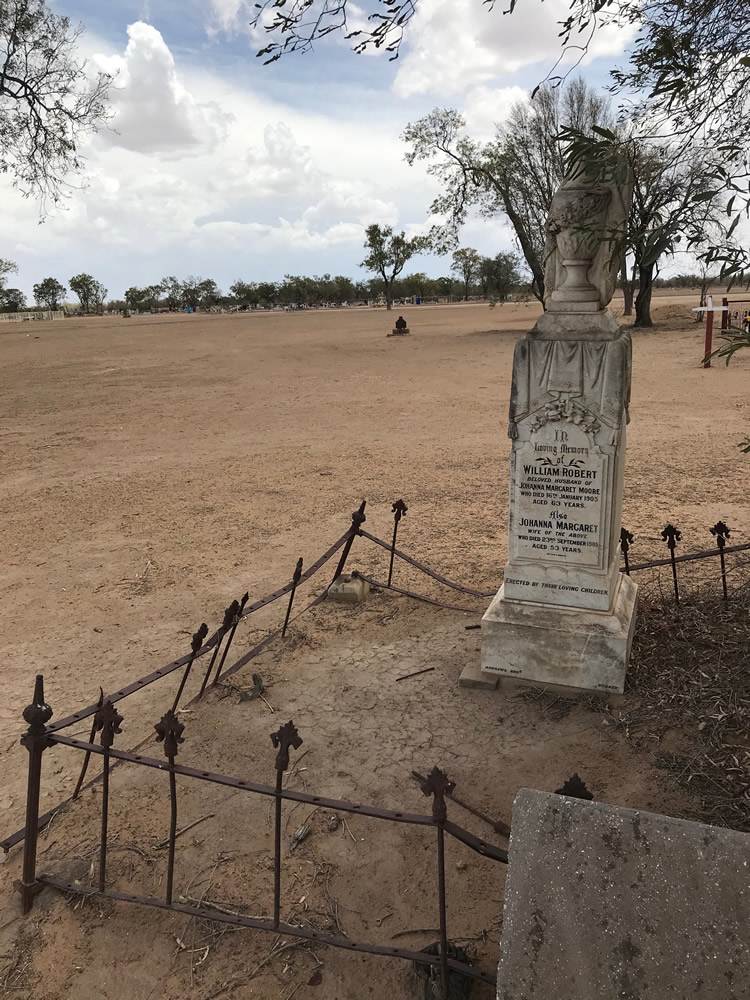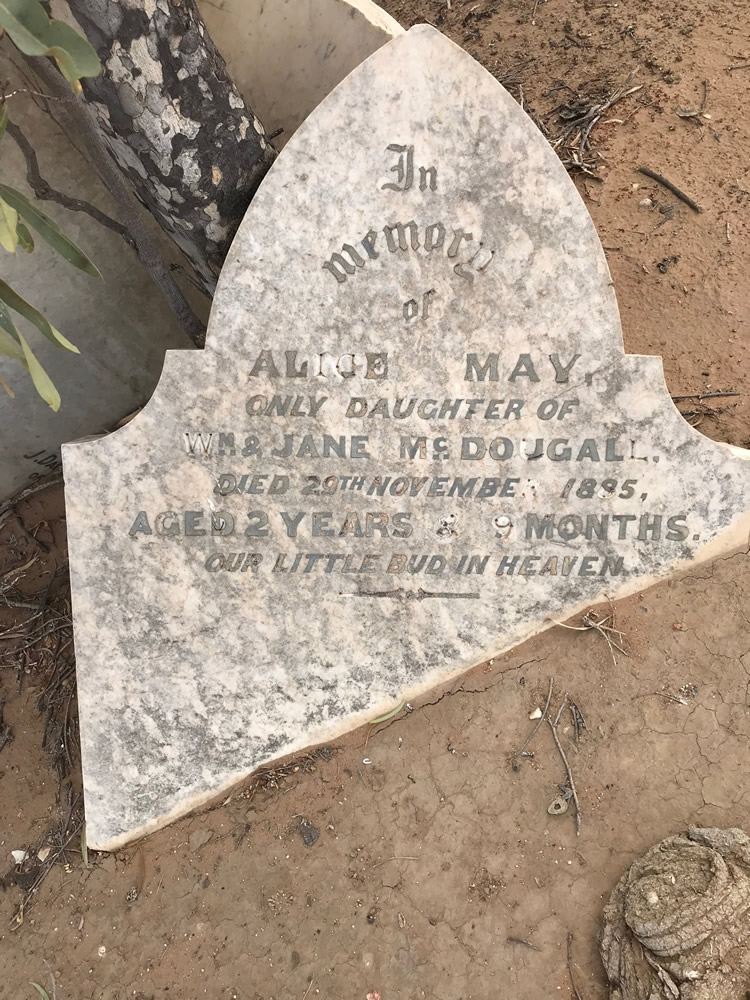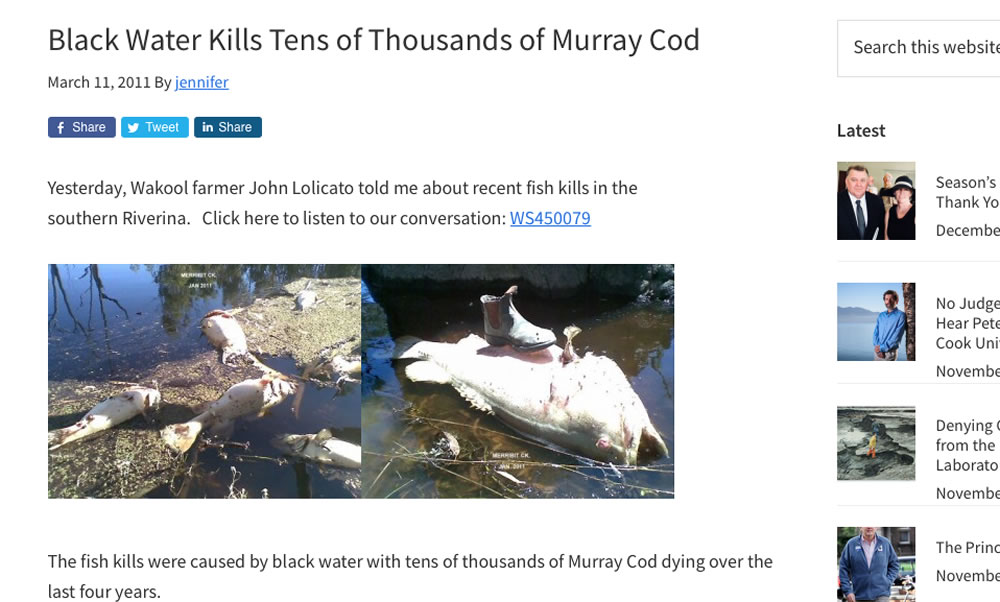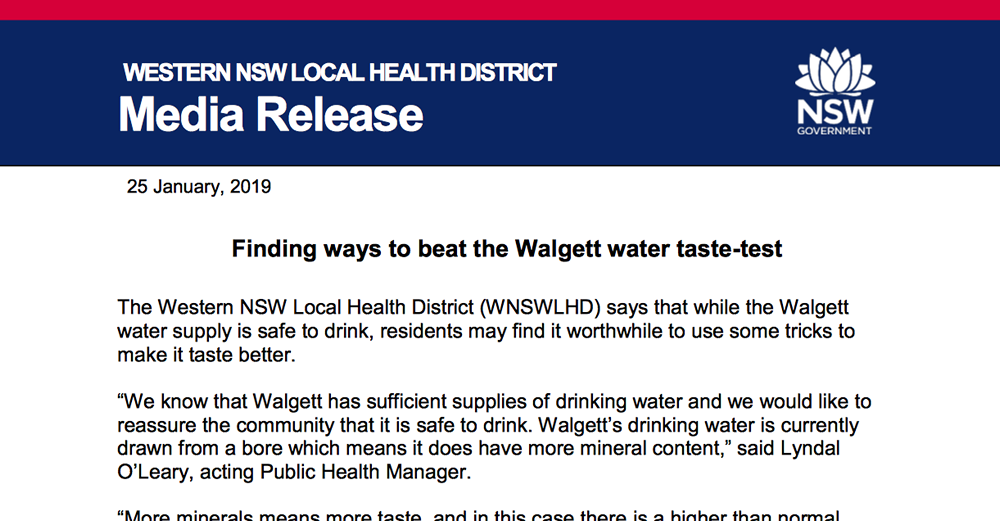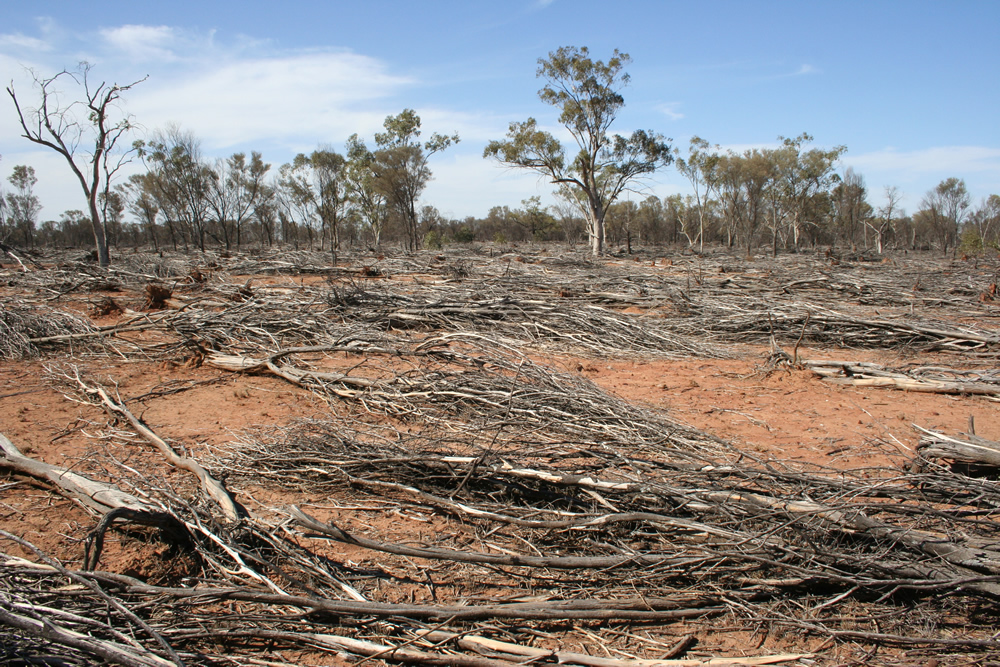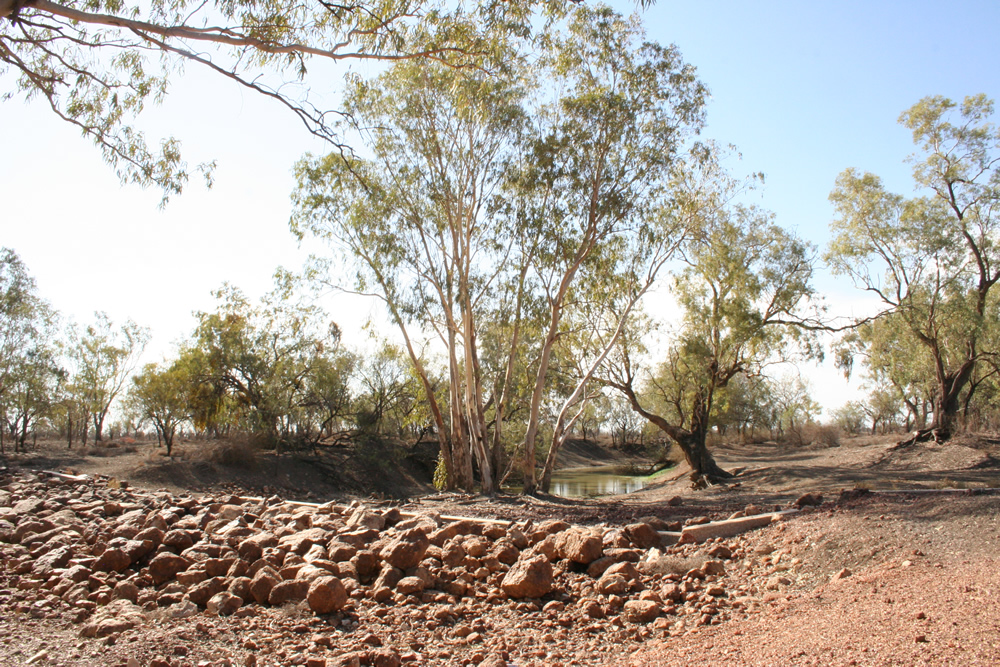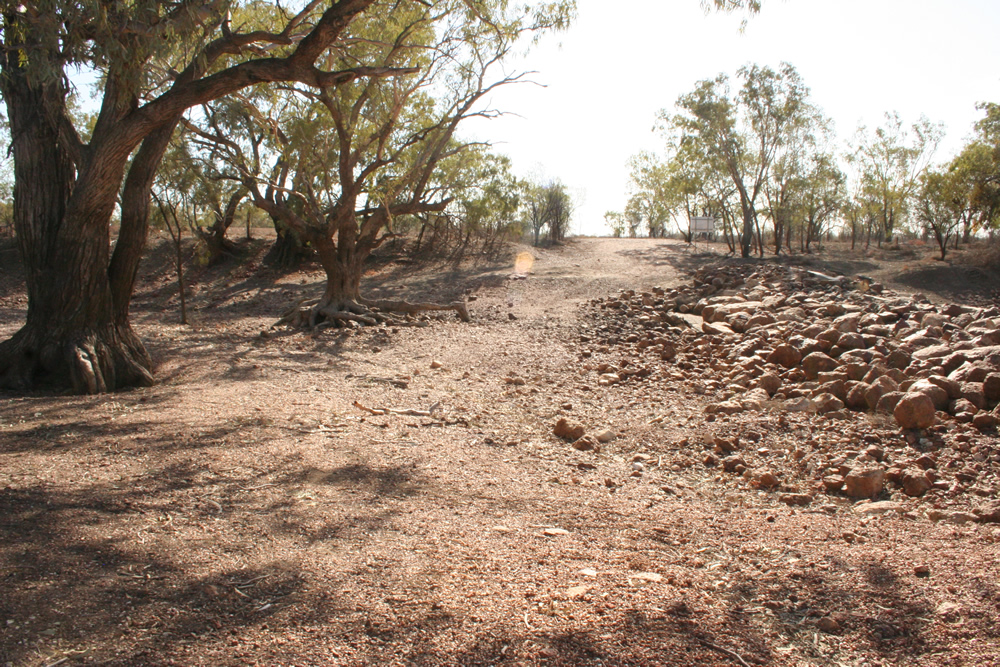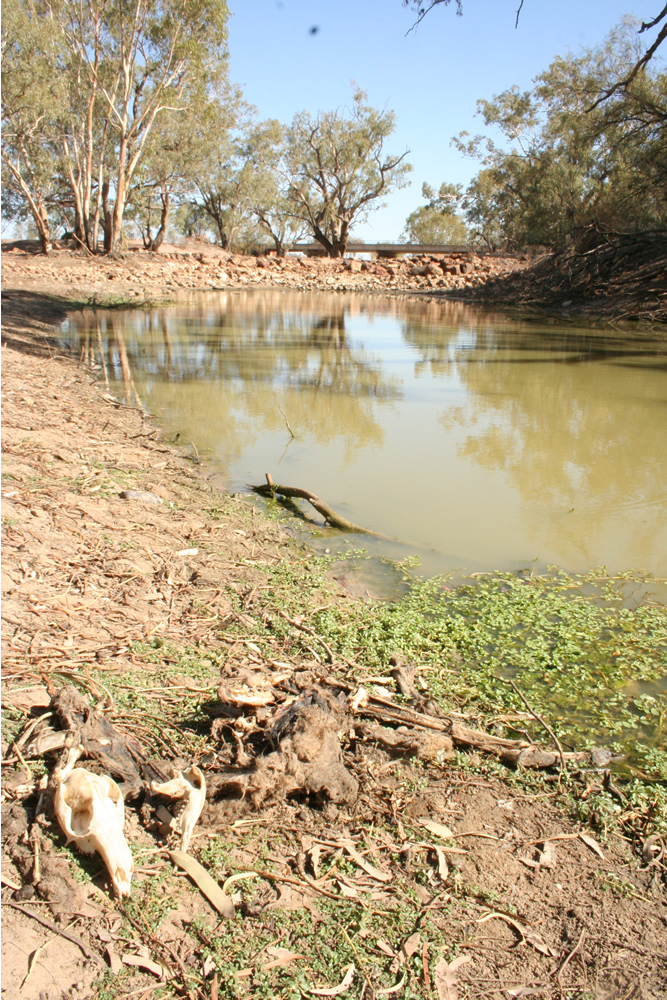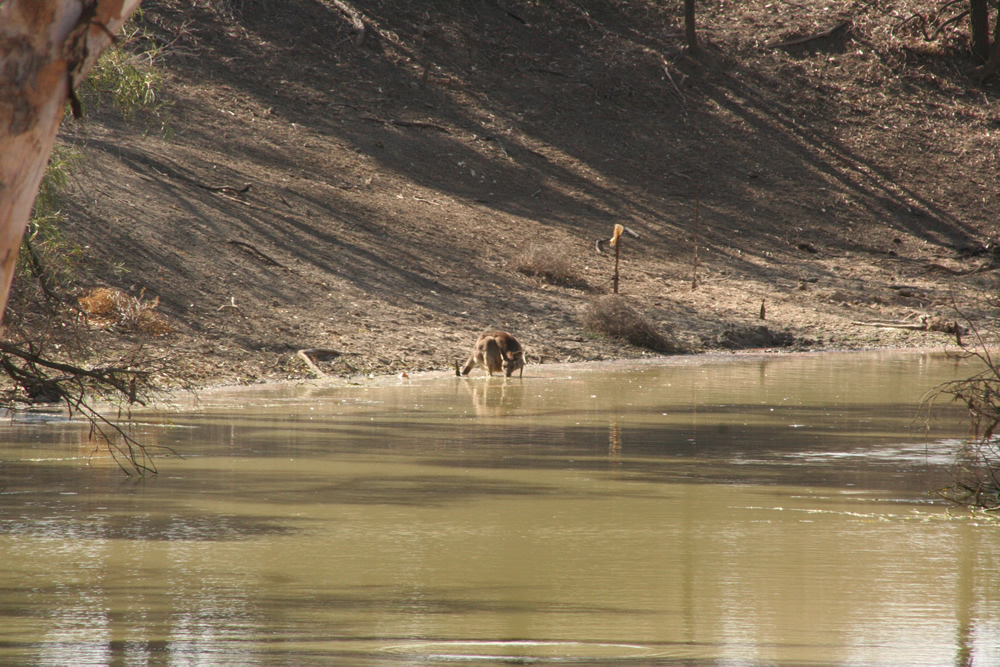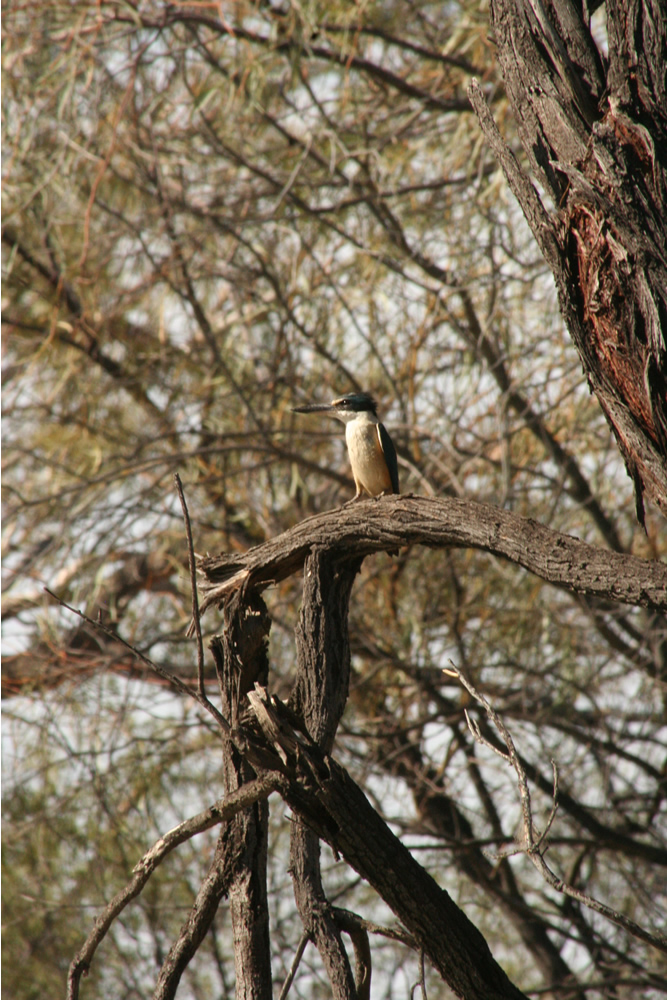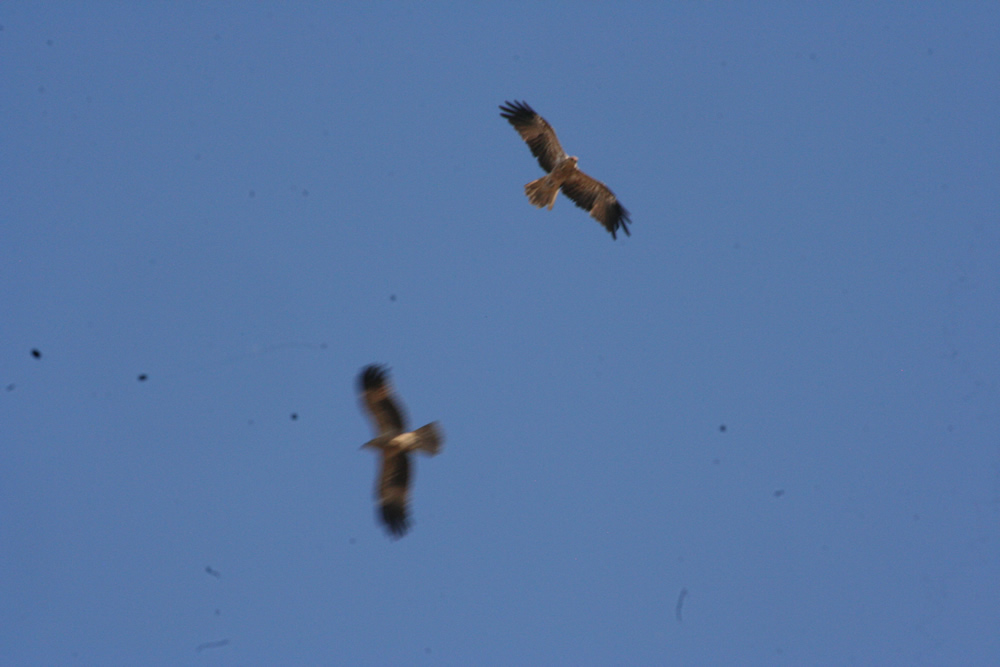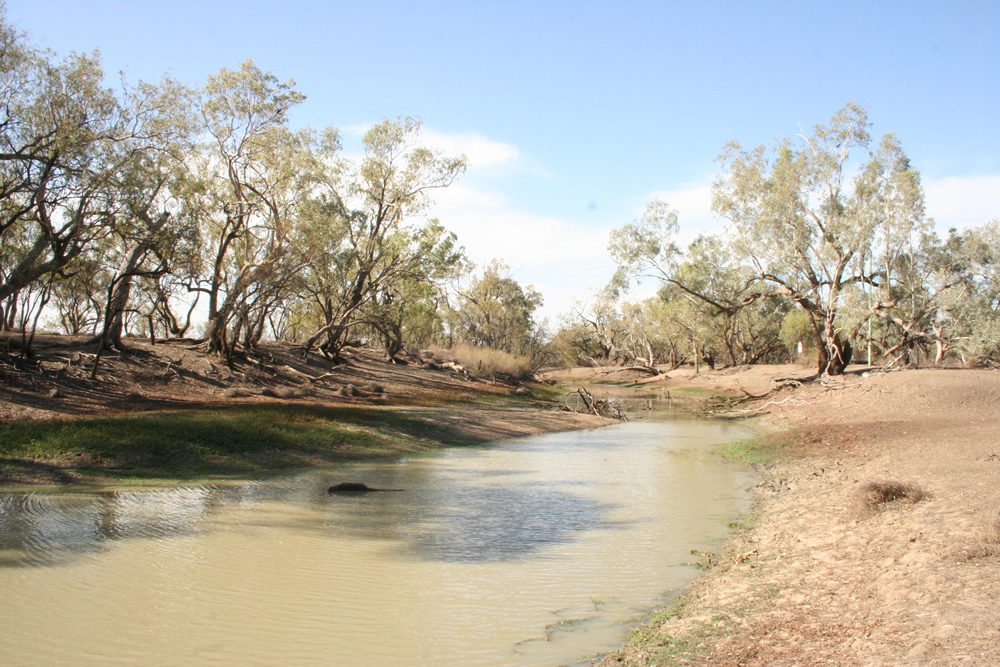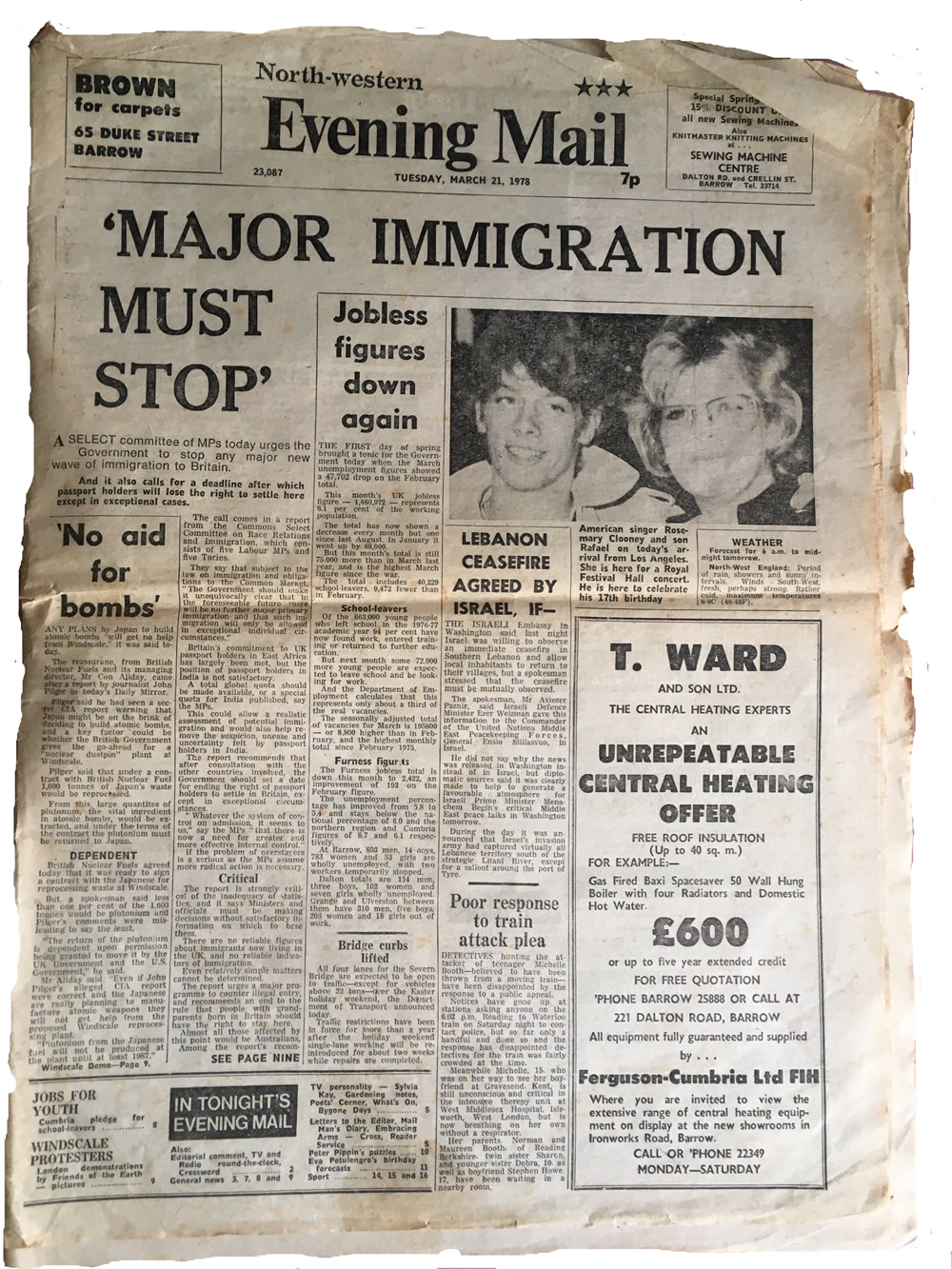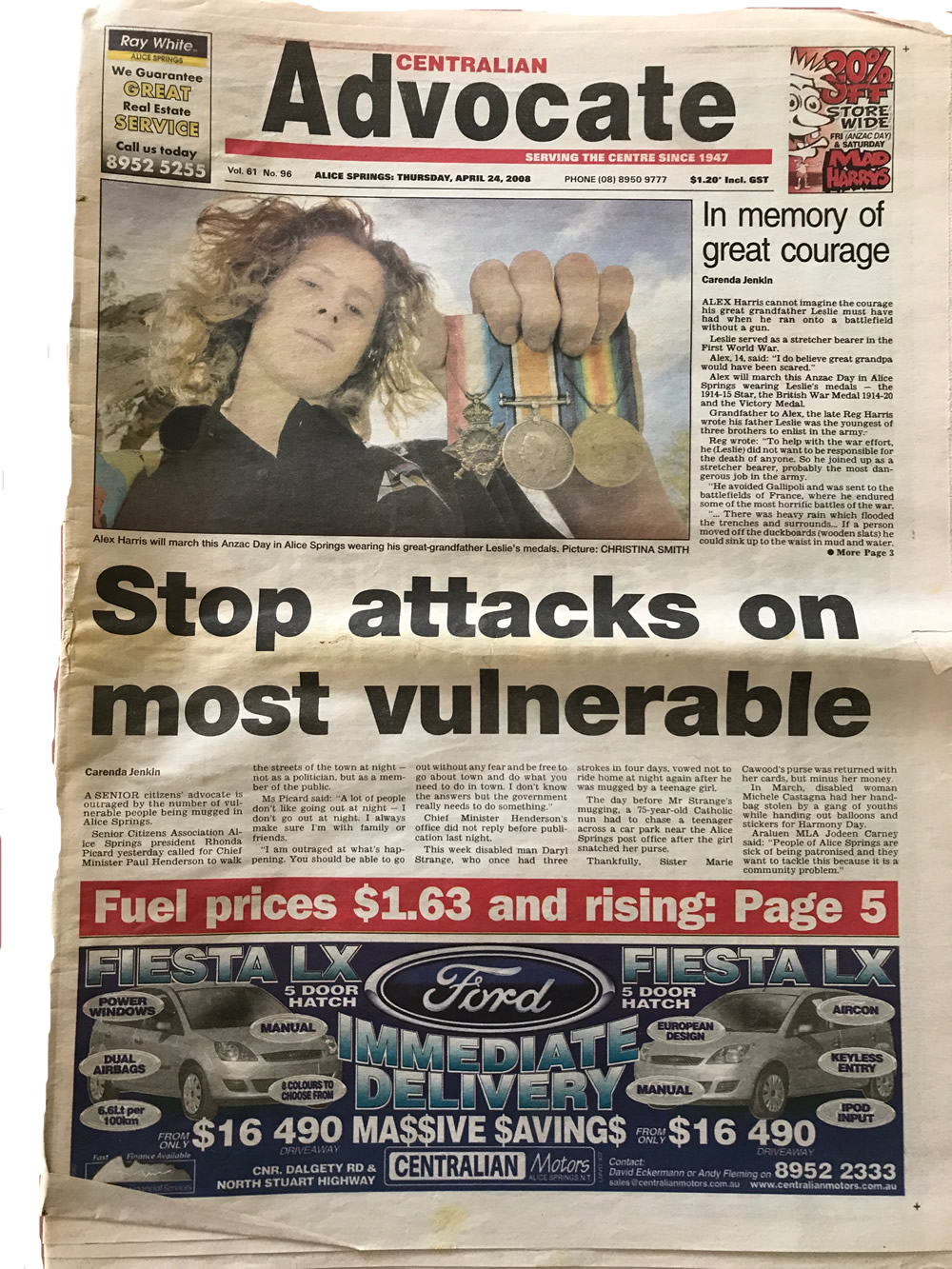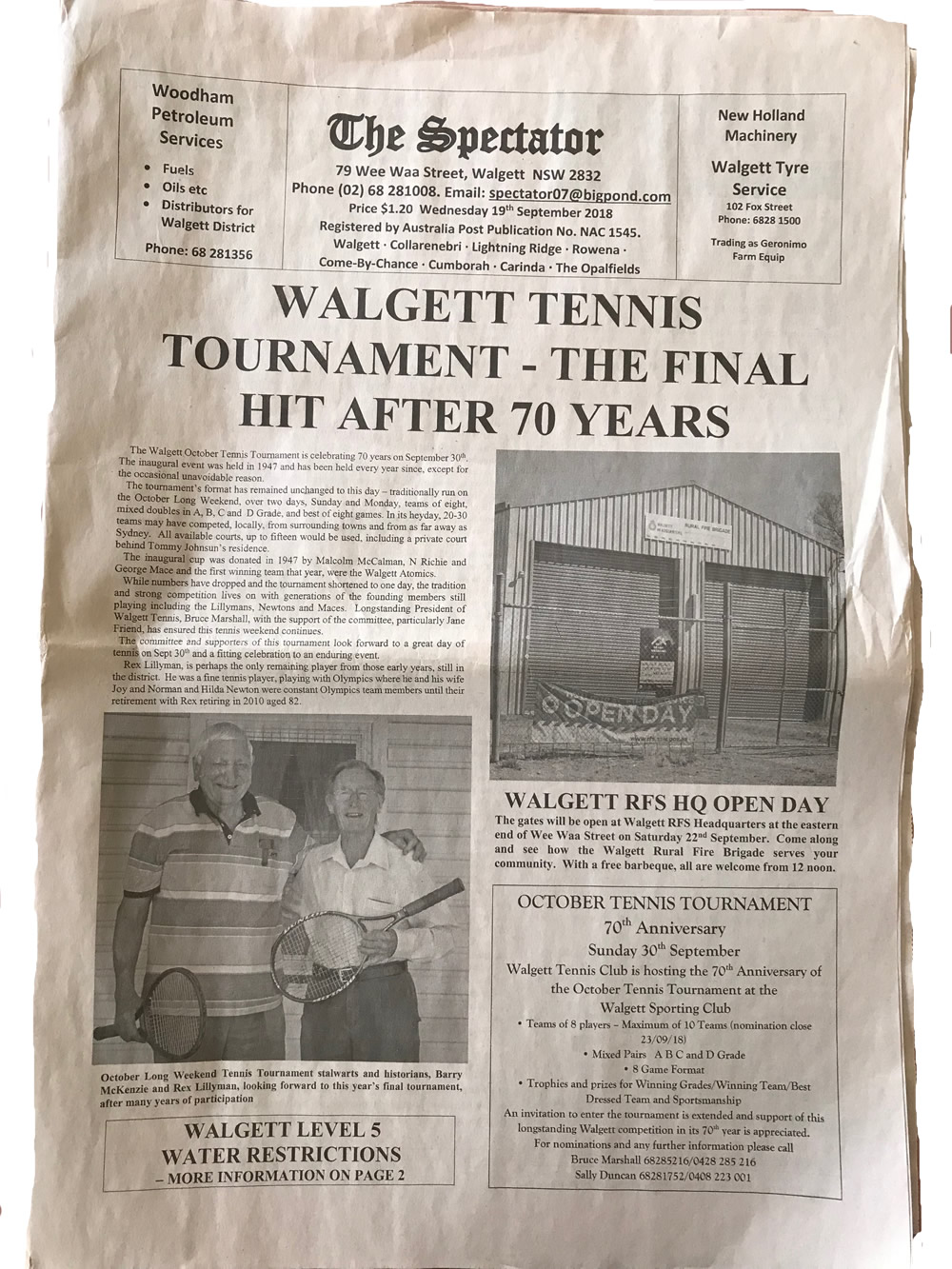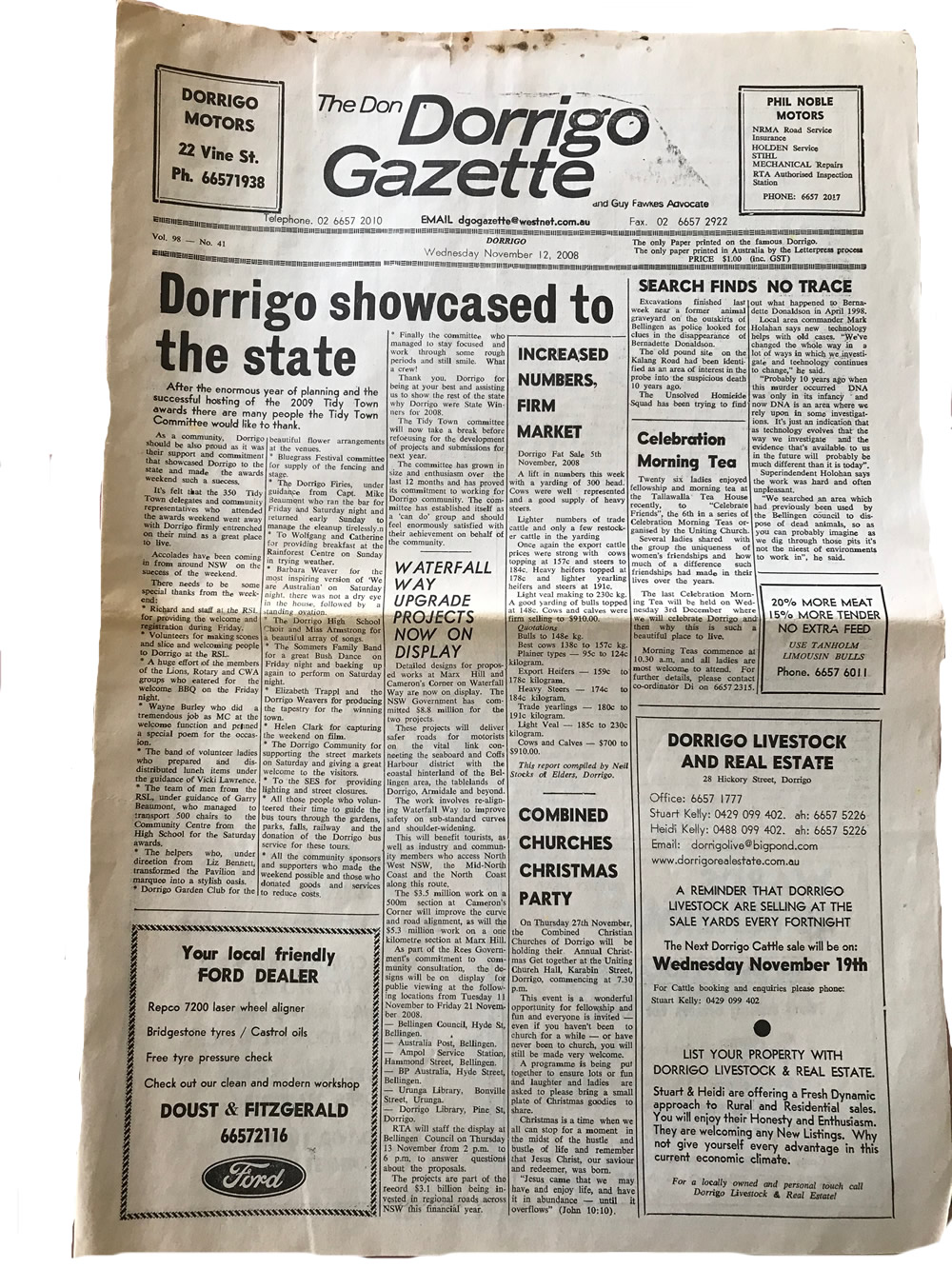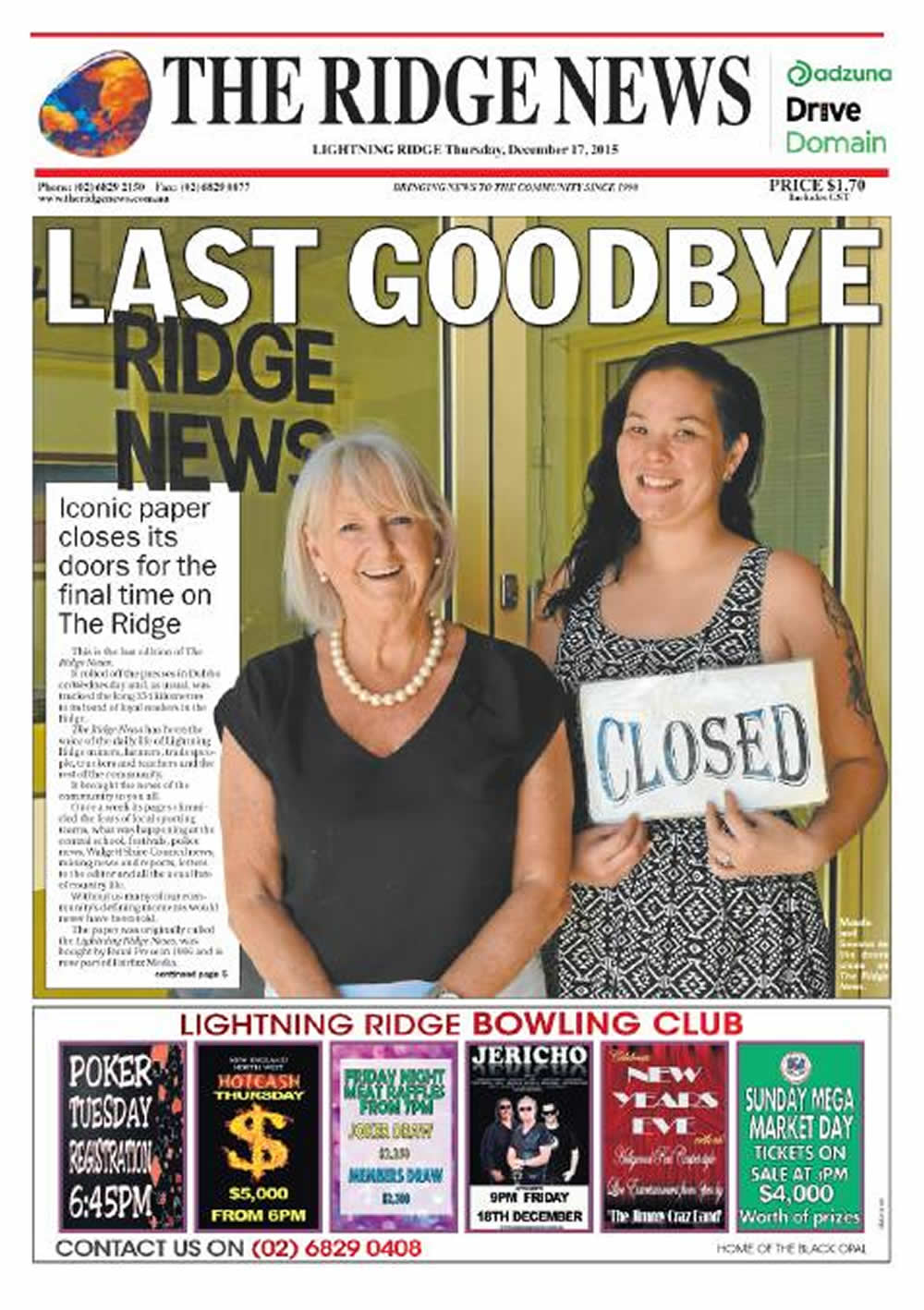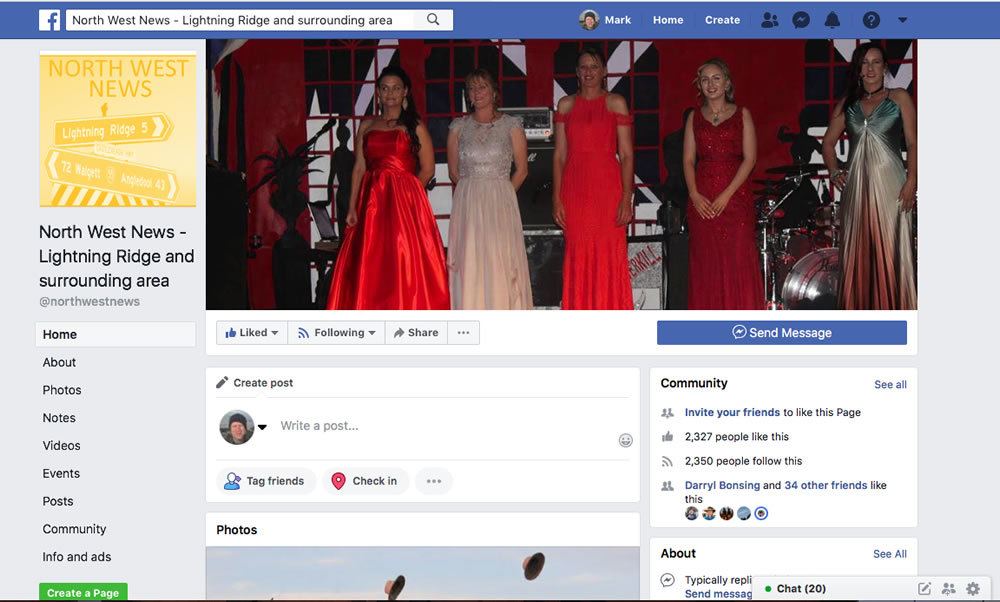They were “fireworks” when I was growing up in England, but I’ve come to use and accept the Australian word “cracker”. In fact, I think I’ve come to prefer it.
Each year the tiny community of Rowena, just north of Burren Junction (if that’s actually helpful) holds a cracker night to raise funds for its equally tiny pre-school. I’d seen the adverts in previous years and always meant to go but without actually doing so. But this year a colleague gave me the push I needed. He’d lived and taught in Japan for over a decade and knew what a decent cracker night looked like and so he too had dismissed Rowena. Until he went. “You gotta go! It’s brilliant!”
Our $25 tickets gave us entry, a steak sanger, a band and a lot of fireworks. Fair enough. We set off around four in the afternoon, a bit late really as it’s dusk at 5.15 and – in spite of the end of the drought – there are still lots of roos and emus on the road. Exhibit 1, below.
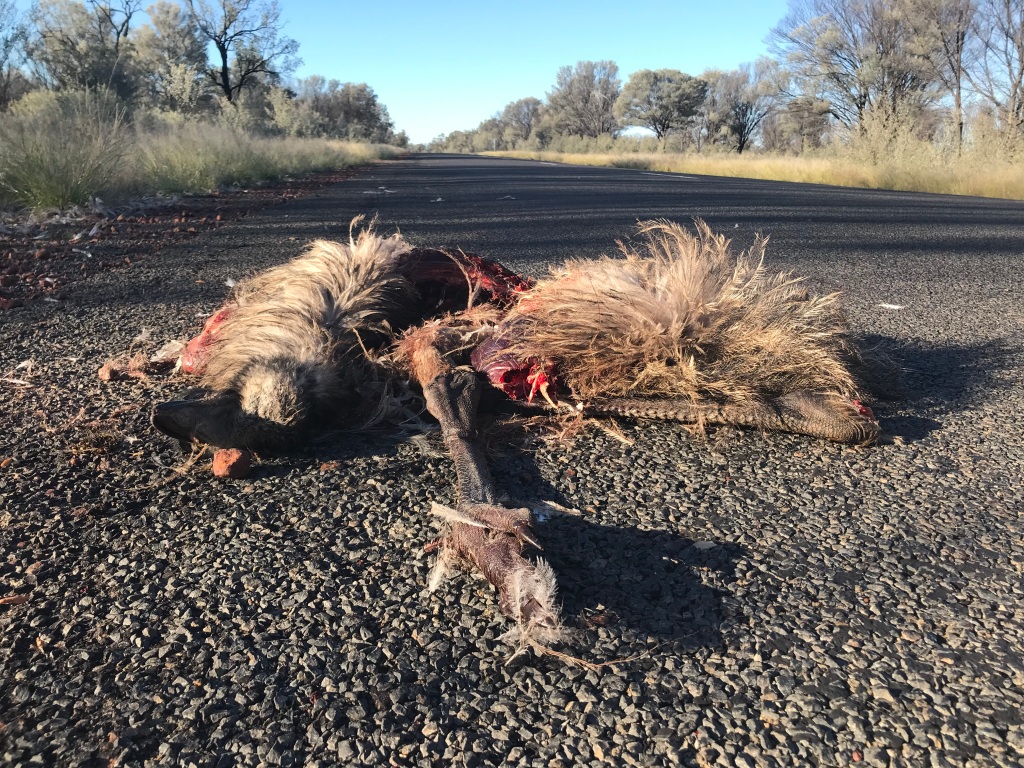
We were lucky in that we didn’t hit anything big. Somewhere out on the Gwydir Highway a couple of low-flying birds (grouse? quail?) bolted across the road; one made it, the other made a soft, dull thwock as it hit our grill, but as I looked in the rear-vision mirror I didn’t see the telltale puff of feathers tumbling down the bitumen. Maybe it was only a glancing blow? Fingers crossed.
We hit Rowena around 5.45. The dusk was settling into one of those big inland night skies of iridescent violets and purples and pinks bleeding into a bottomless indigo. We headed towards the glow of fires in the distance: there were lots and lots (and LOTS) of 4WDs, rows of military-grade bullbars with shortwave aerials and snorkels poking up; basically, the stuff you need to live and work on the land out here. This cracker night was a bigger thing than I’d expected.
We got into the paddock and tried to find somewhere near the fires, as the temperature plunged the moment the sun rolled over the horizon. There were three fires, or should I say “controlled conflagrations”. They were fucking huge! The torsos of gigantic gumtrees had been heaped together and sent into a sweltering combustion with who knows what combination of diesel and small explosives.
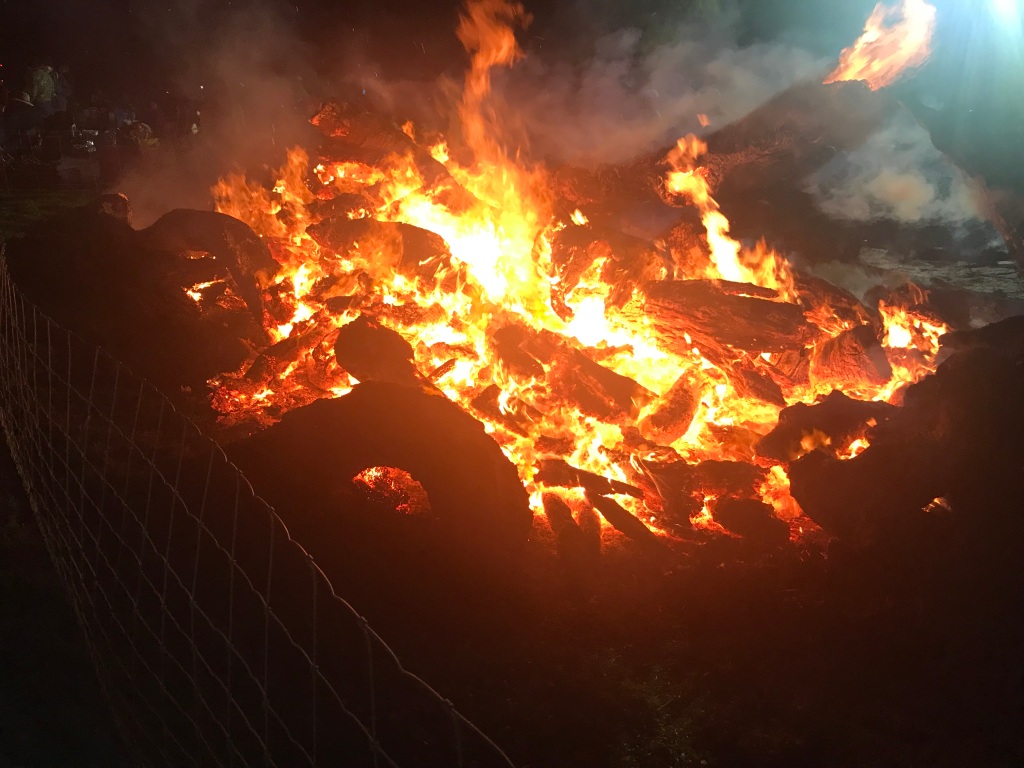
The heat was intense and so we had to find a place for our folding chairs where our fronts would be warmed but not incinerated, and our backs not frozen. Which is what the two thousand or so other people there were also trying to do.
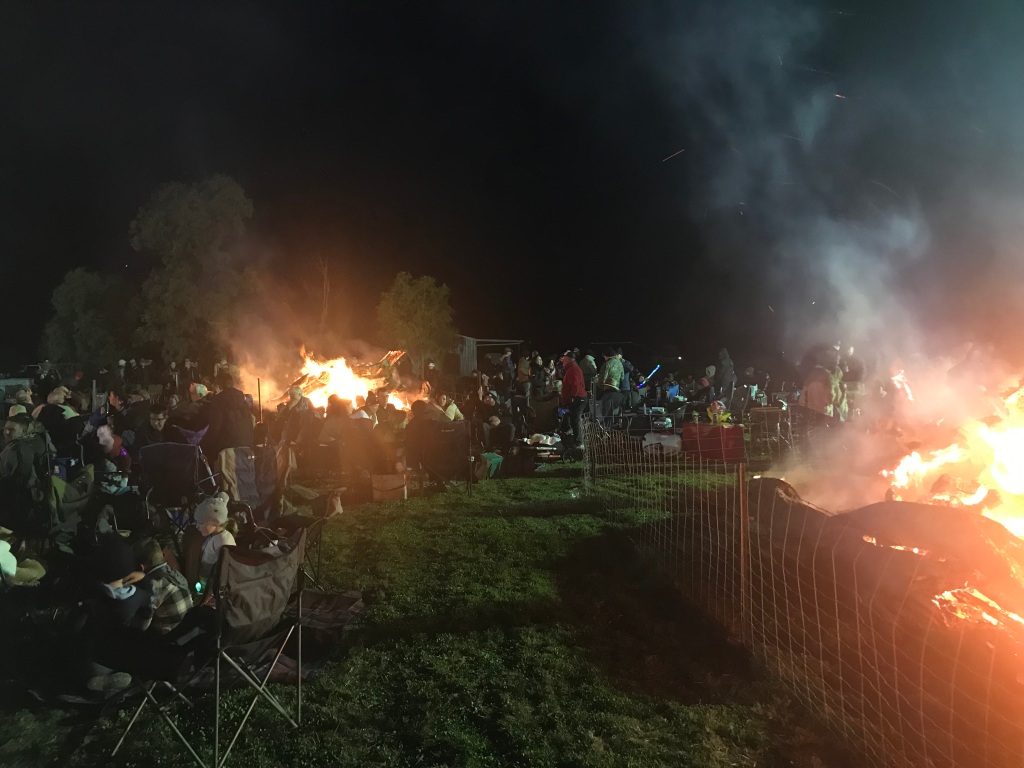
We parked ourselves and got our wine and cheese out and, as we did so, the band sparked up. They did a pretty good fist of the usual classics, like Roadhouse Blues, but the bassline to Eagle Rock seemed to have come from some random bassline generator app. Did we care? No, it was a lark.
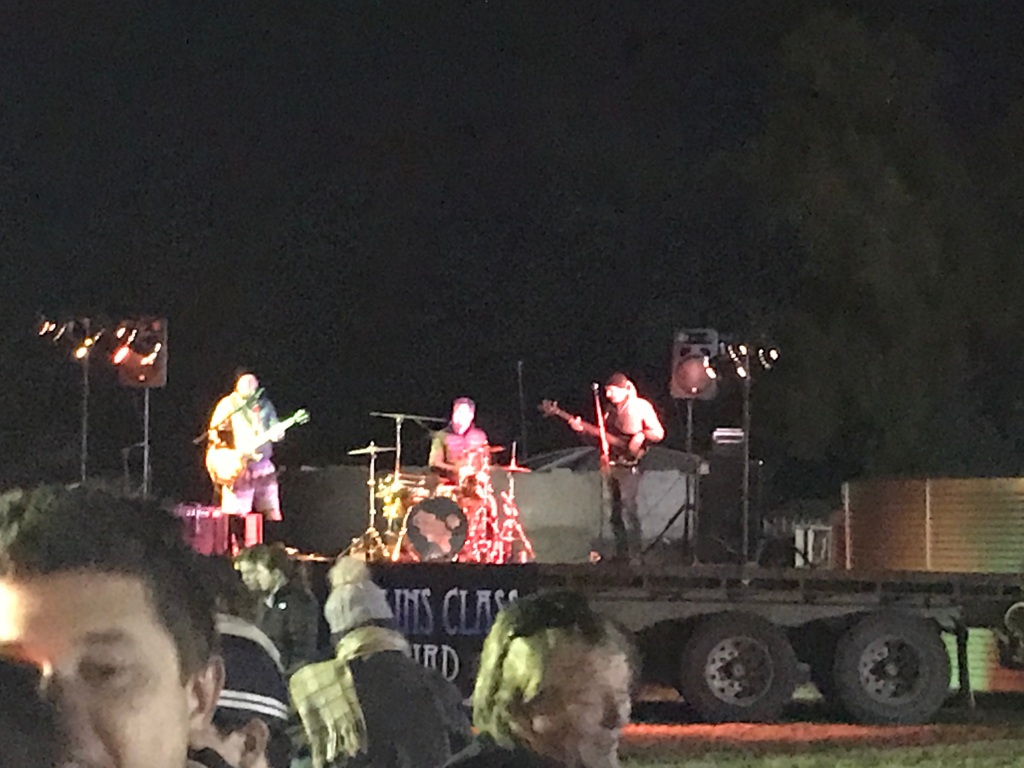
The steak sandwich came with onion and coleslaw. Delicious.
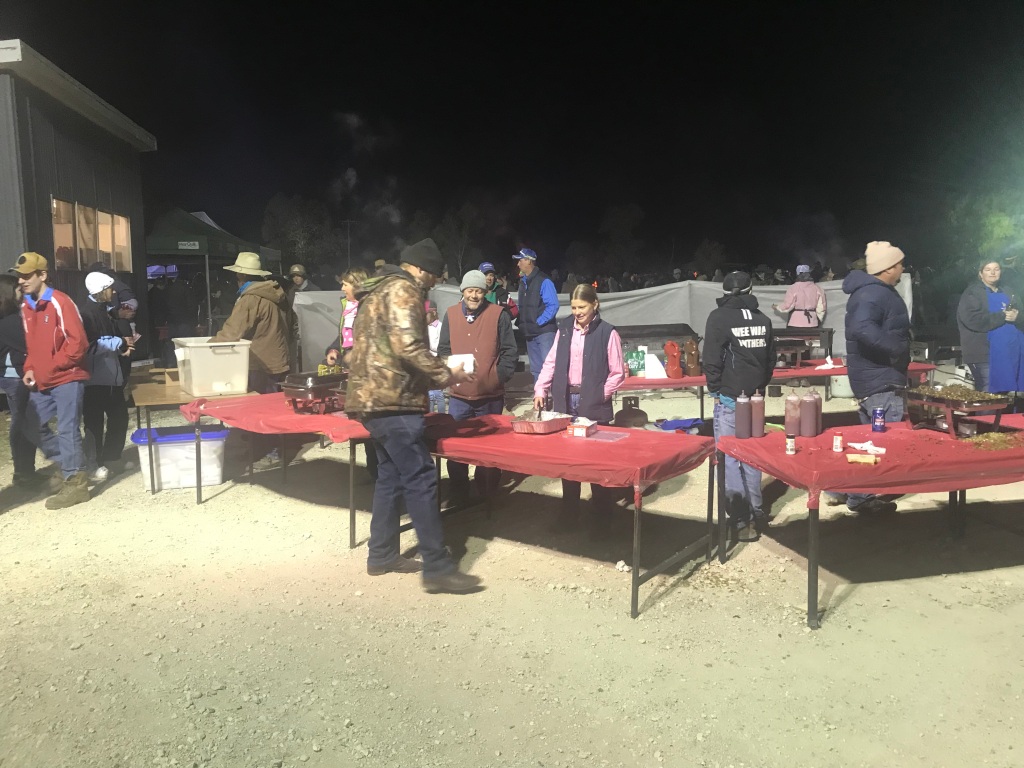
And the cakes were FREE! Yes, free cakes, loads of them. I think everyone in Rowena had baked something. Honey scrolls, carrot cake, unidentified gooey chocolate things that stuck to your fingers and jacket and the back of your head. I overdid it, and felt no shame.
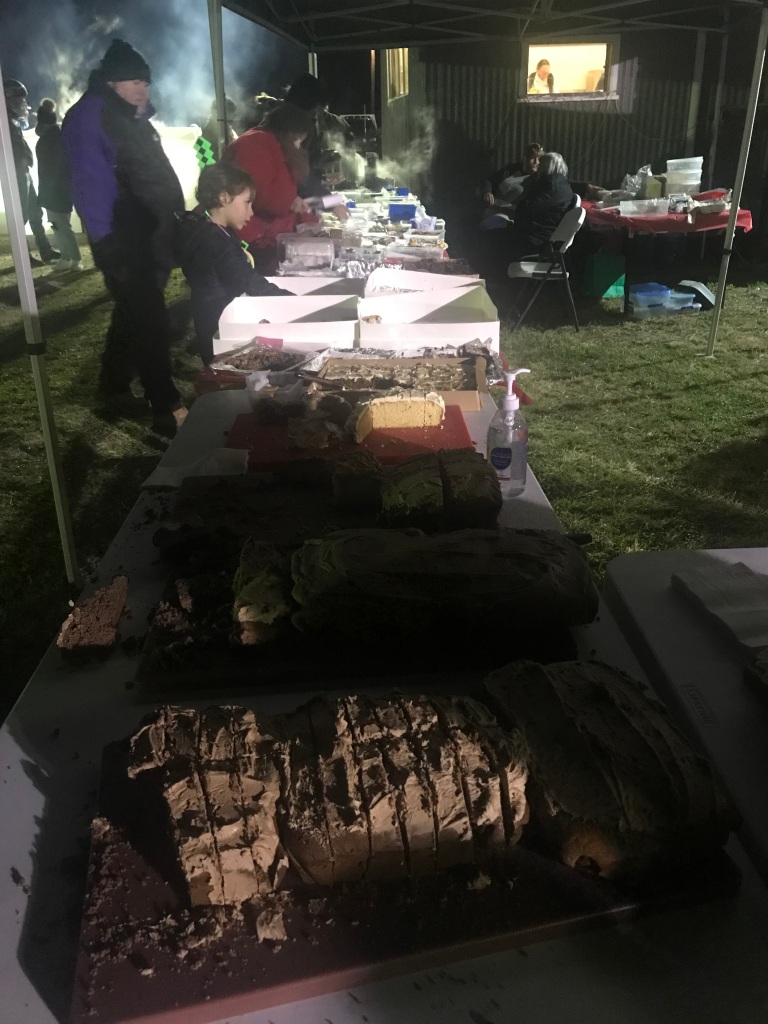
And then . . . the lights went out and on came the crackers! Fireworks really are the best. I read a quote by the American folk singer Pete Seger about song lyrics. I’m paraphrasing, but he said something like lyrics without the music are like photographs of a bird in flight: static, without context, and only a slender representation of the beauty of the being in motion. It’s the same with photographs of fireworks, but I’ve put one here for form’s sake. I couldn’t not, could I?
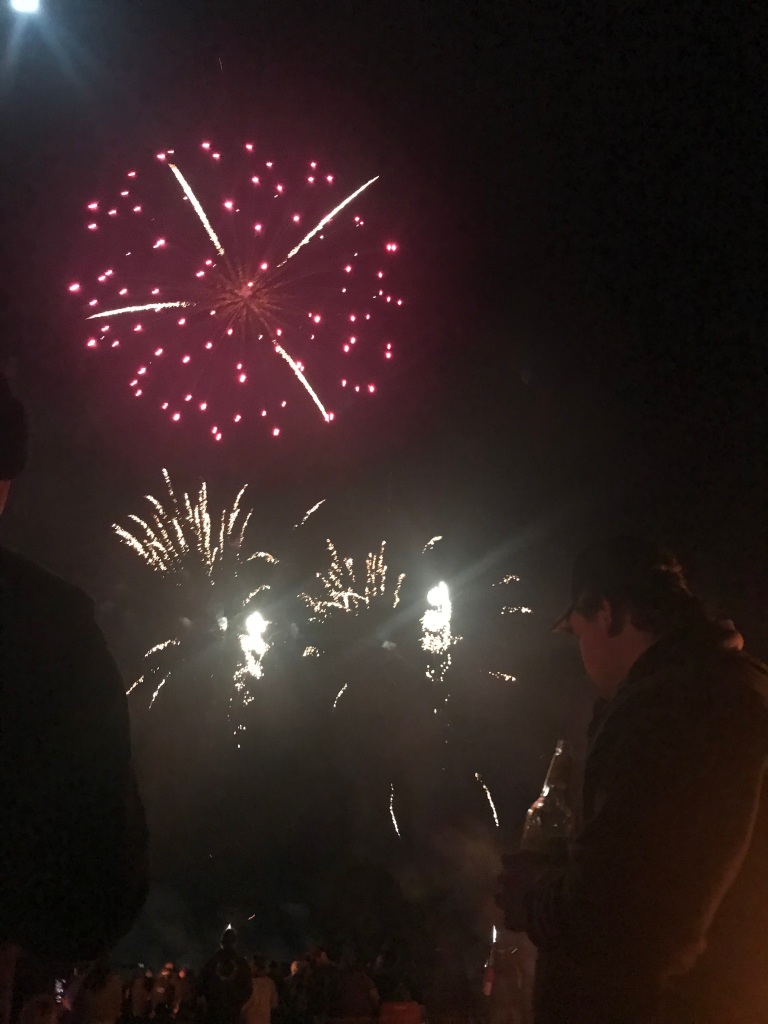
I was going to say something about fireworks being mesmerising and beautiful and how it is impossible to take your eyes off them, but if look at the picture the bloke at right spent the entire time facing away from them and robotically swigging from his beer. I will never fathom the human.
We headed back through the cold, cold night to the Ridge. About forty kays out of Walgett we saw a set of hazard lights blinking in the distance. Oh bugger. It’s the rule of these isolated roads; you’ve just got to stop (even though you actually just want to GO HOME!). Old mate had run out of fuel and so we pushed his car off the road and took him into Walgett. We had the kind of stilted conversation you have with someone you’ve just picked up off the side of the road and are, against your every desire, driving a long way out of your way to take them to their home rather than going to your home, and the subject of the cracker night came up. Old mate was a Gamilaraay man, probably about my age, and he’d never even heard of Rowena Cracker Night. I was a bit surprised, and a bit not. Apart from the 4WDs and fancy clothes the crowed at the cracker night could have been straight from 1950s White Australia. I had a quiet chuckle: the Aboriginal kids call the white kids at school “crackers” and so it was, truly, a cracker night.
Next morning was the Queen’s Birthday holiday and so, in honour of Australia’s head of state, I went to work. I pulled up the roller door to the garage and – horror – there was my little birdy friend from the Gwydir Highway. Oh dear.
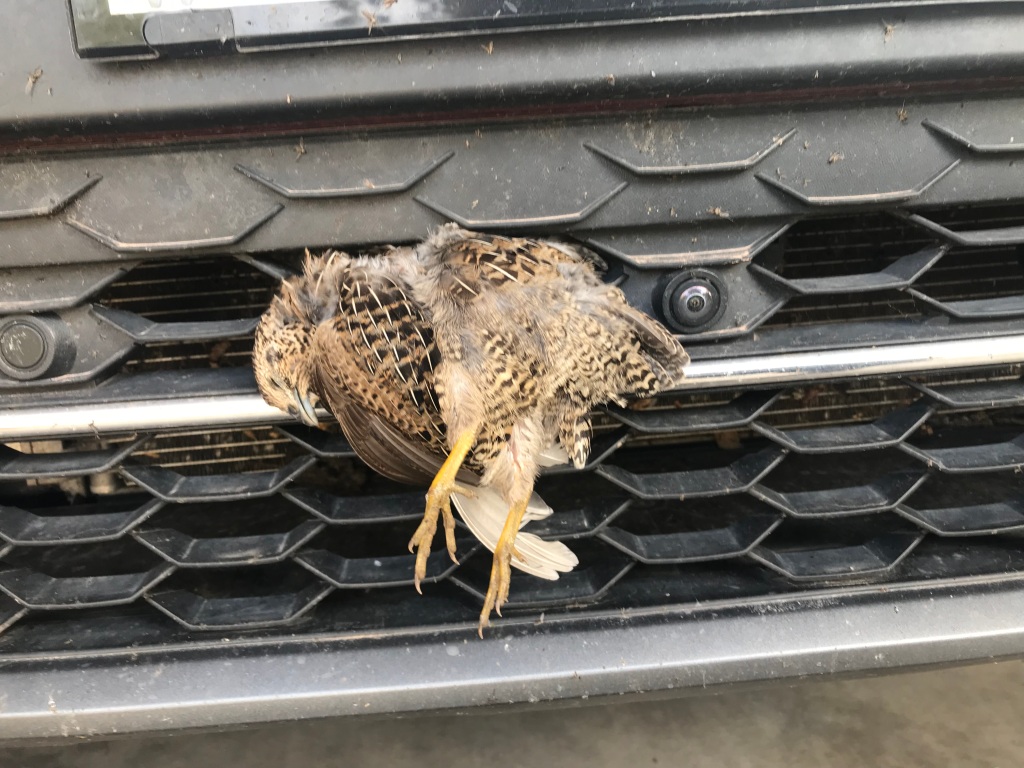
Sorry, little brown quail. I hope your spirit soared into the night sky and burst in a shower of pinks and whites and oranges above Rowena Showground. Because it was indeed a very spectacular cracker night, with the crackers. I’ll be back.
